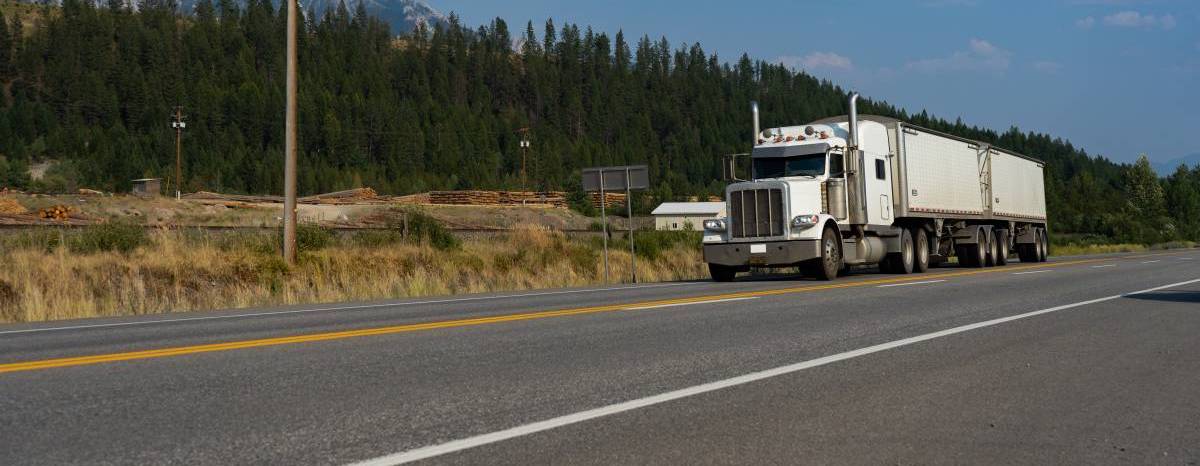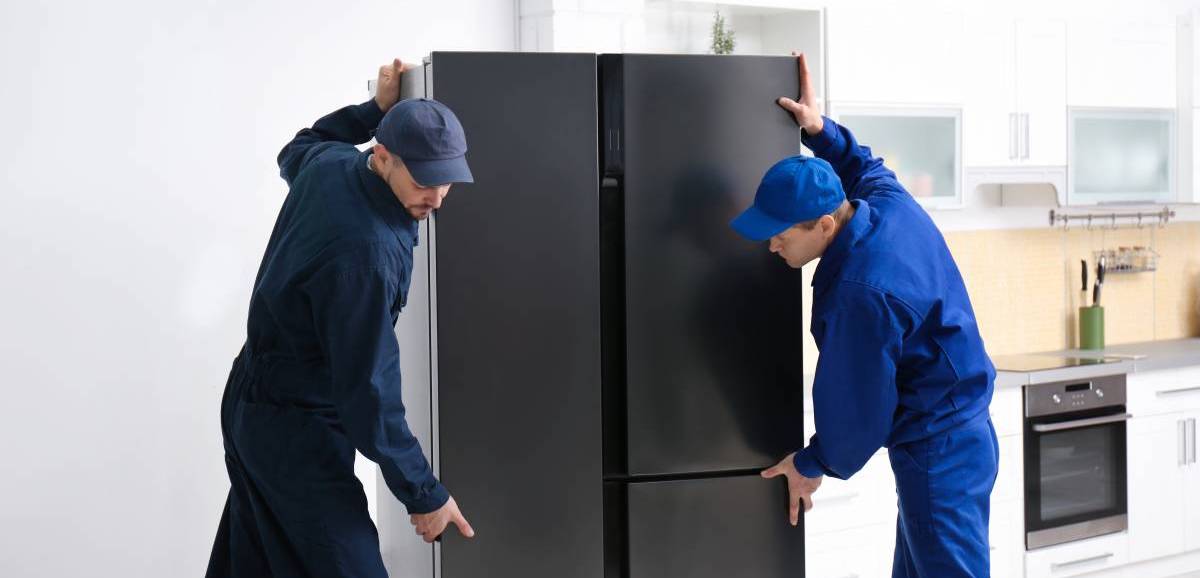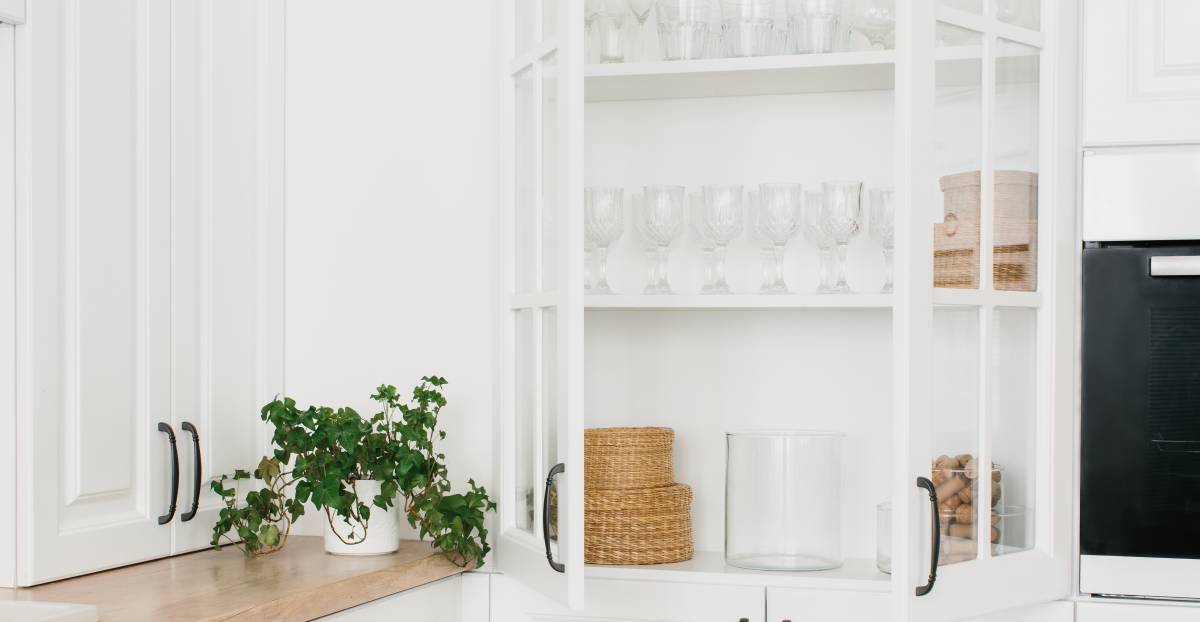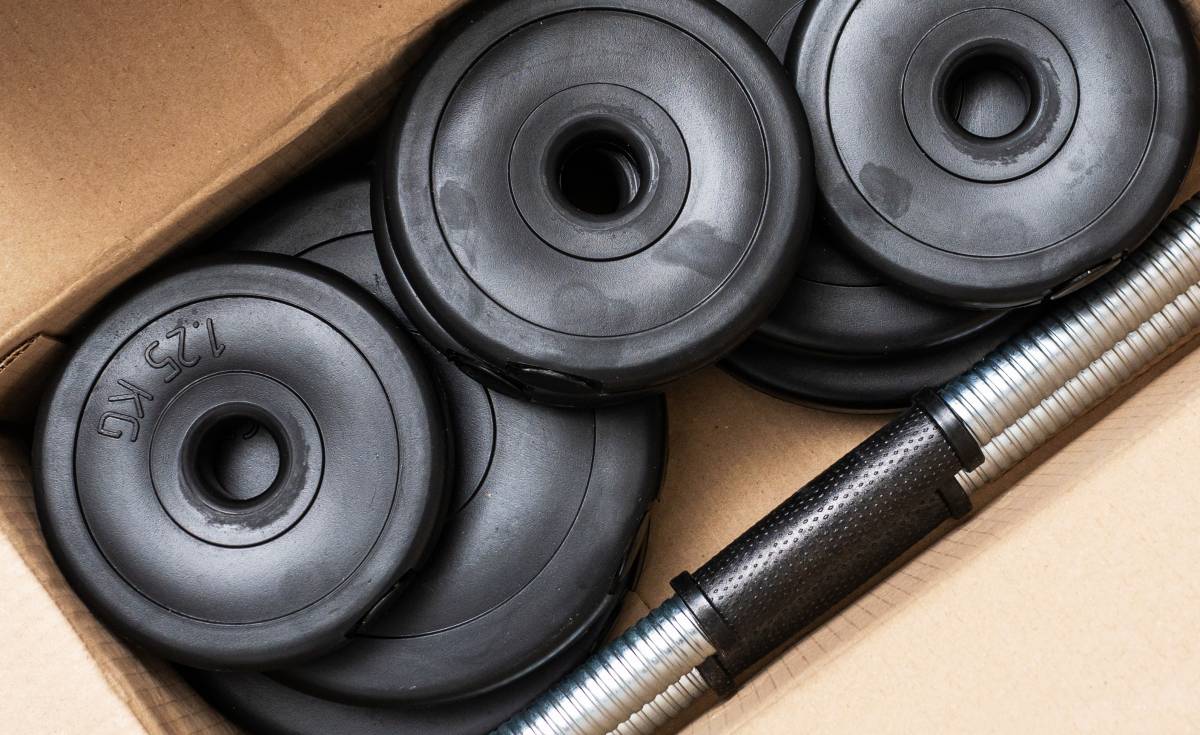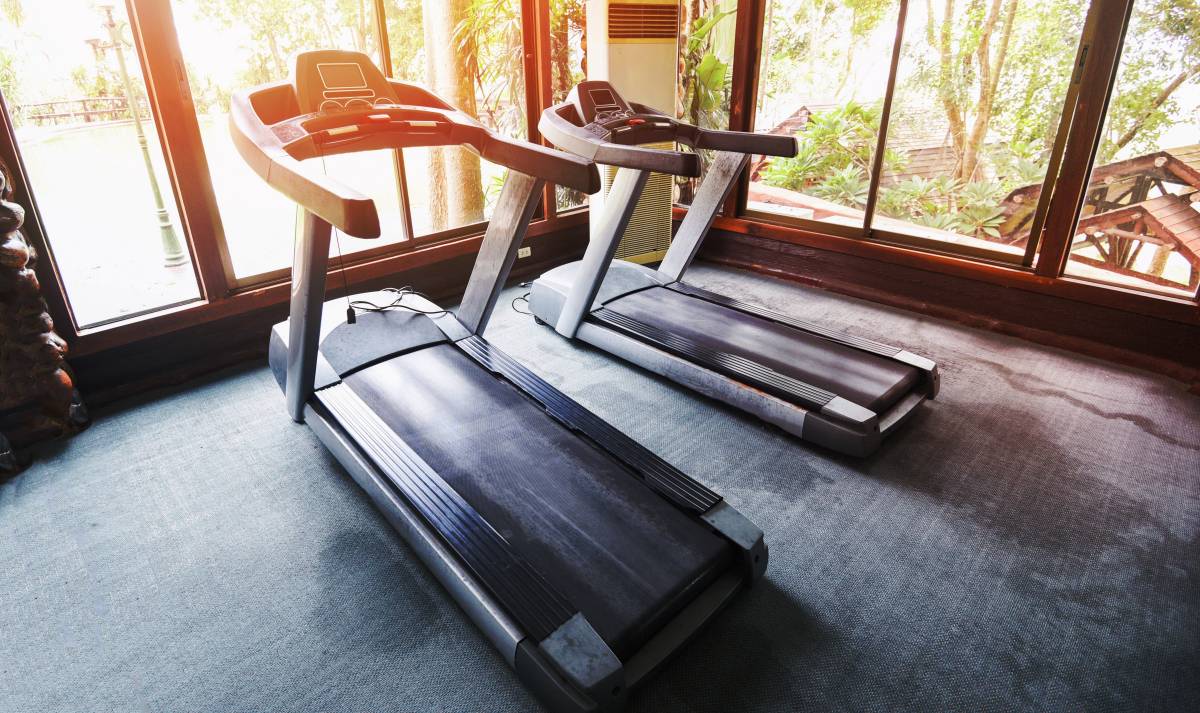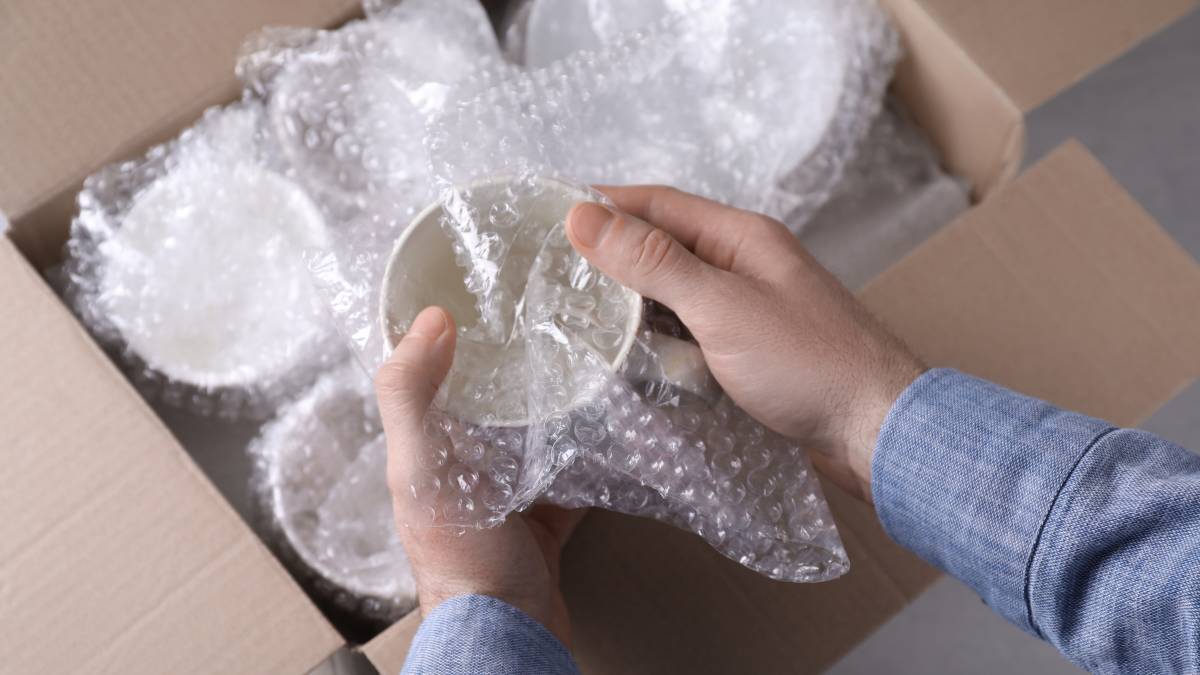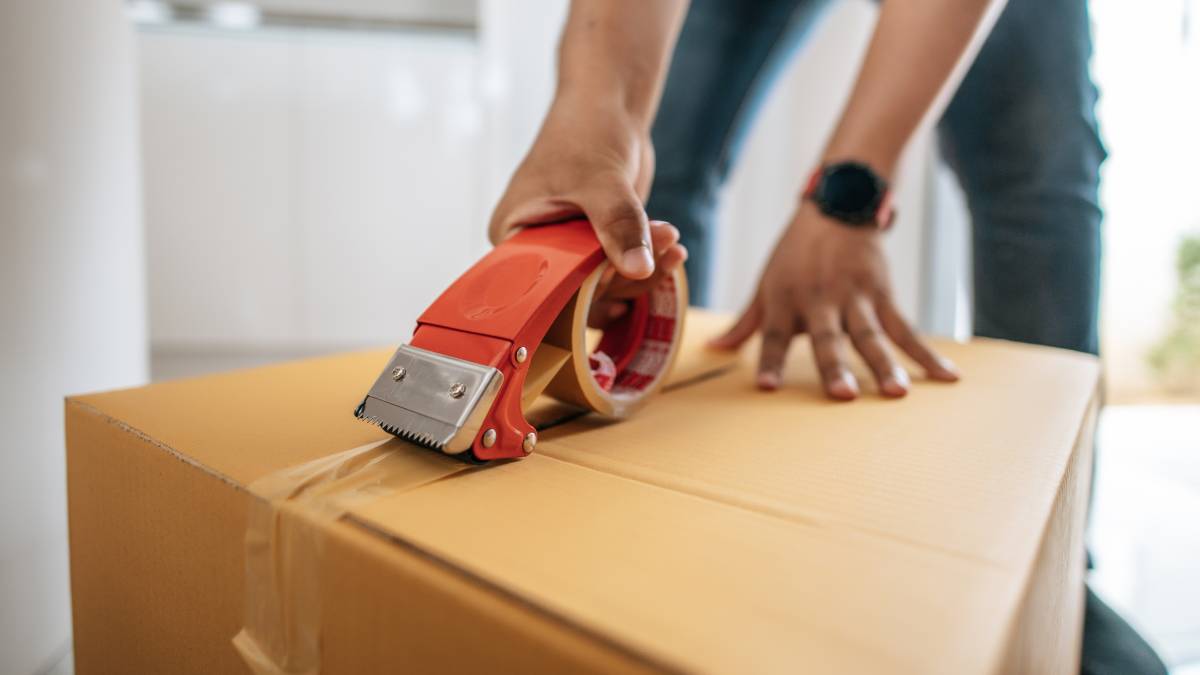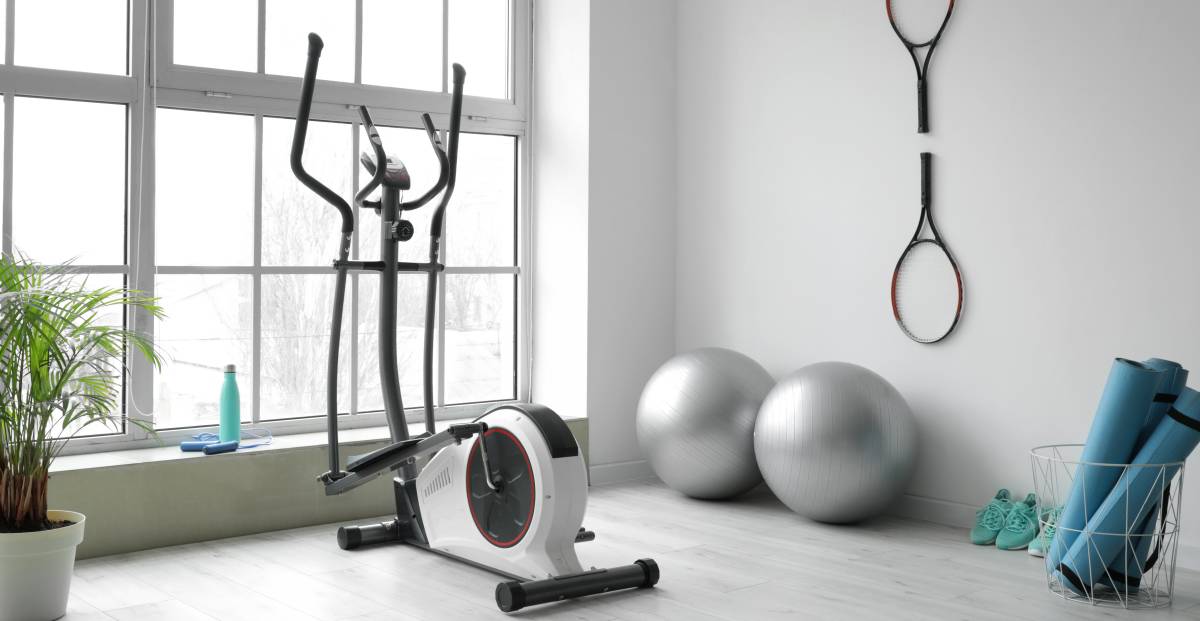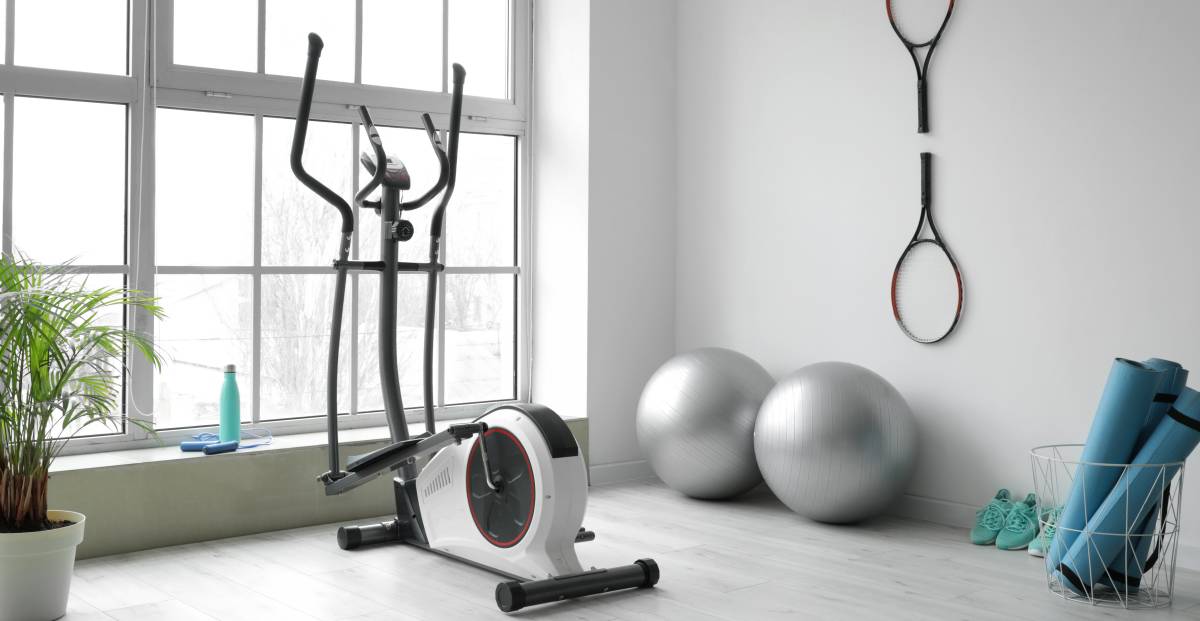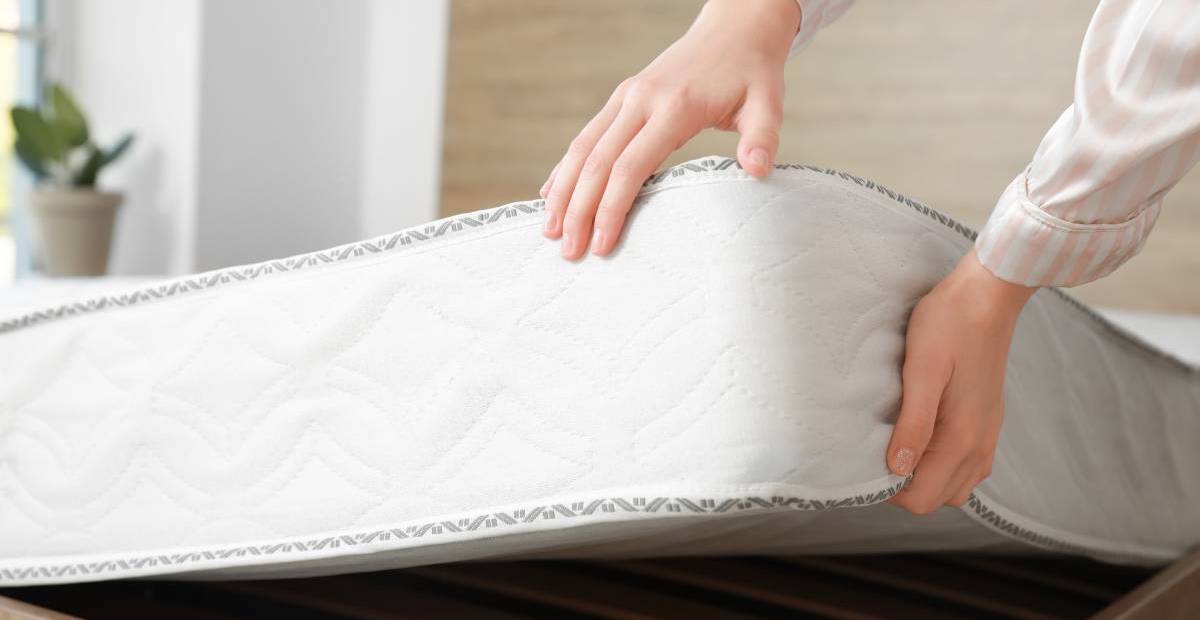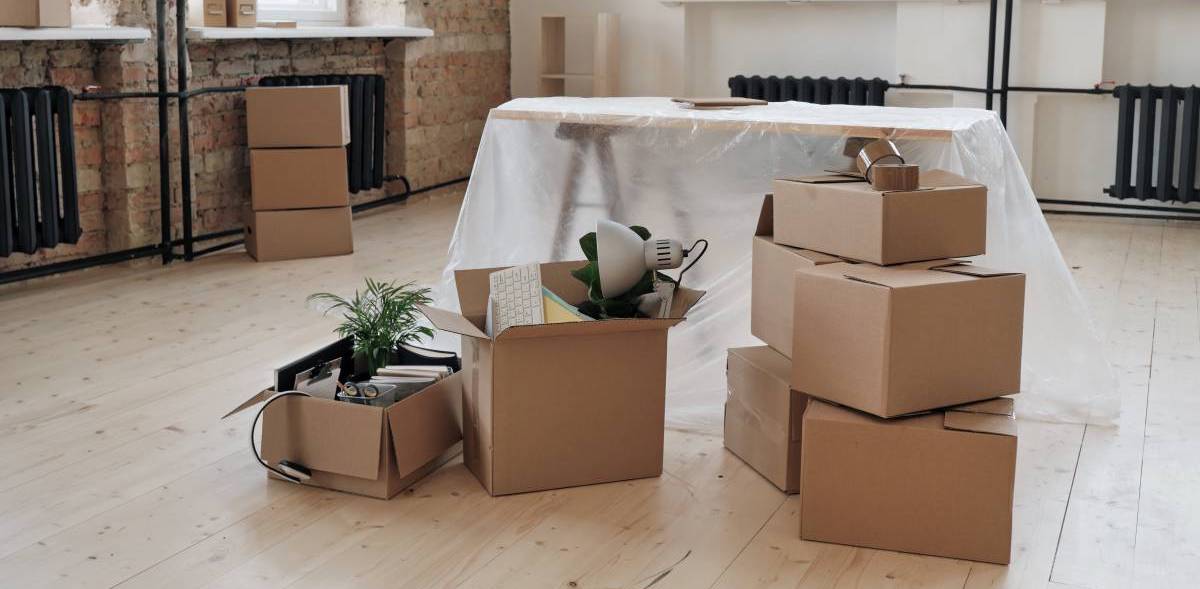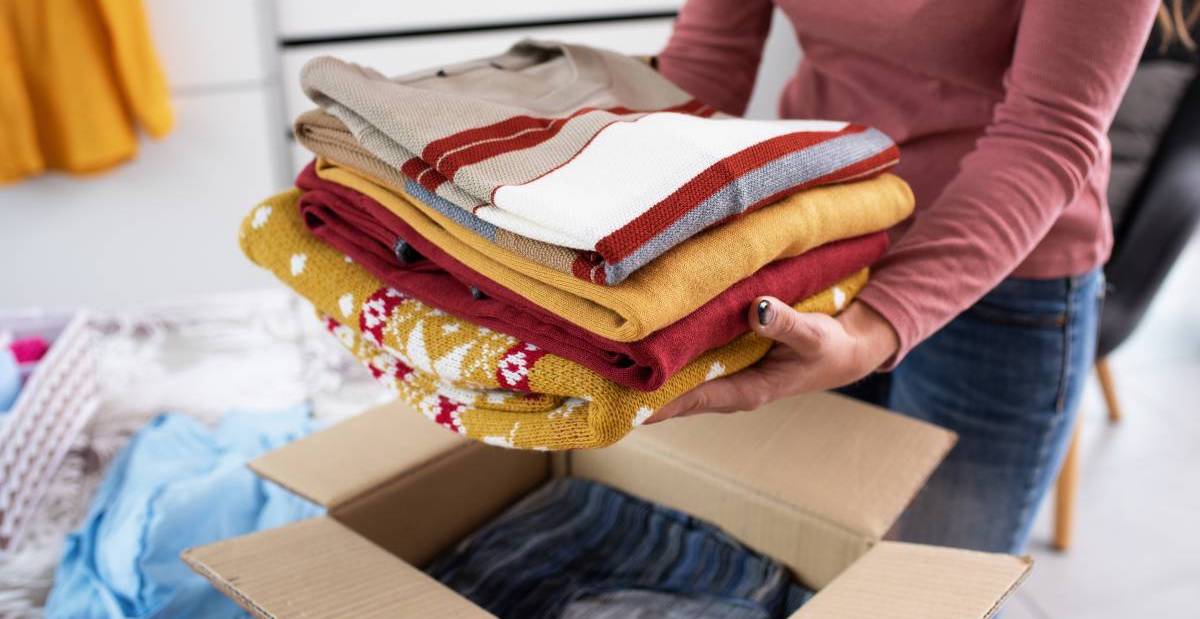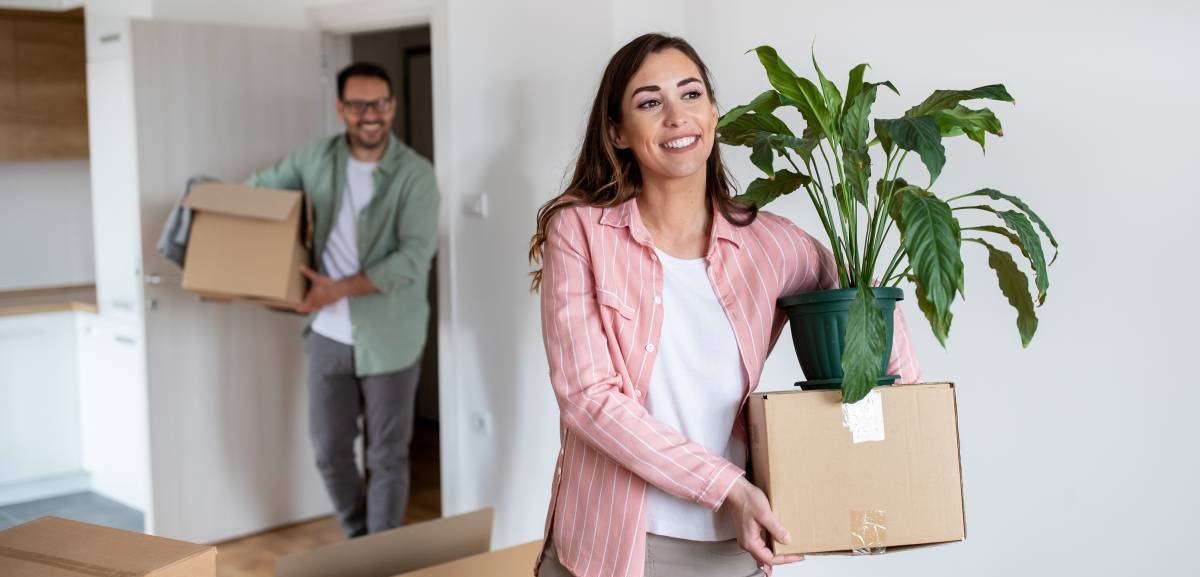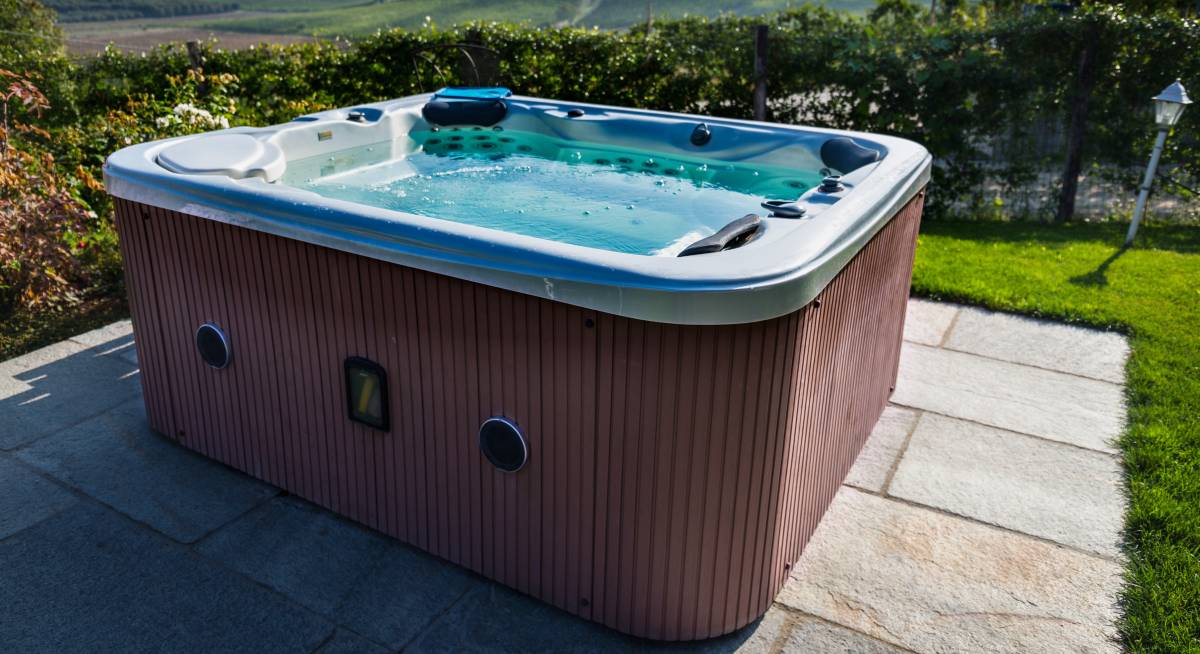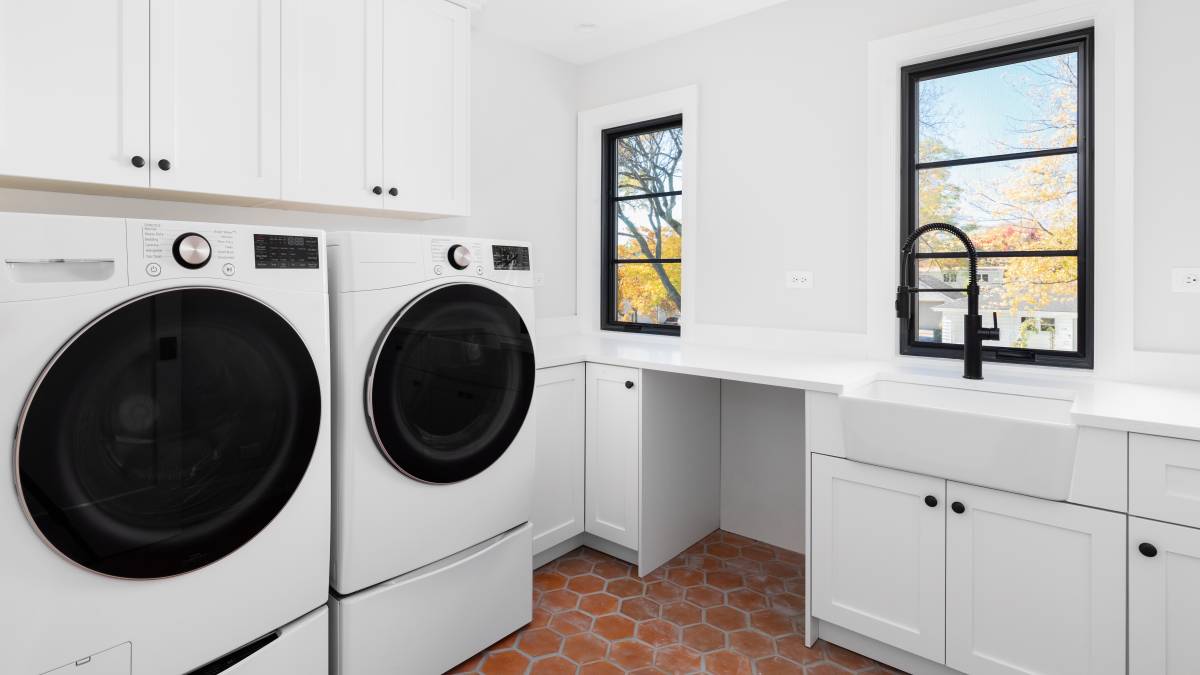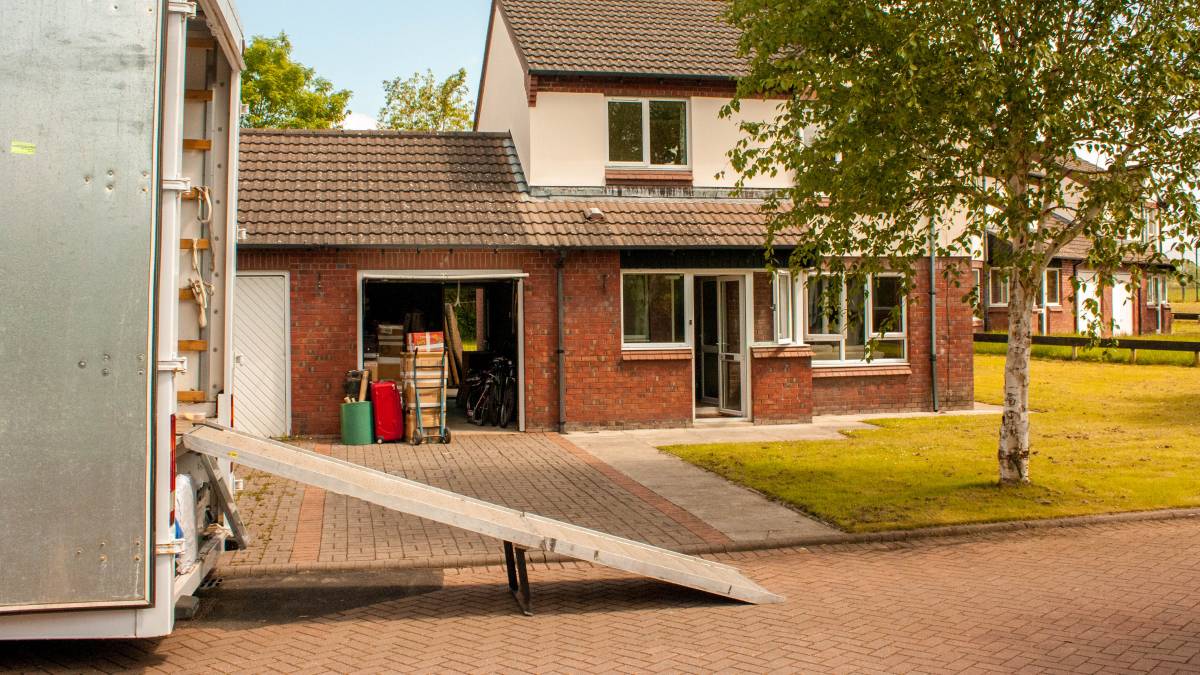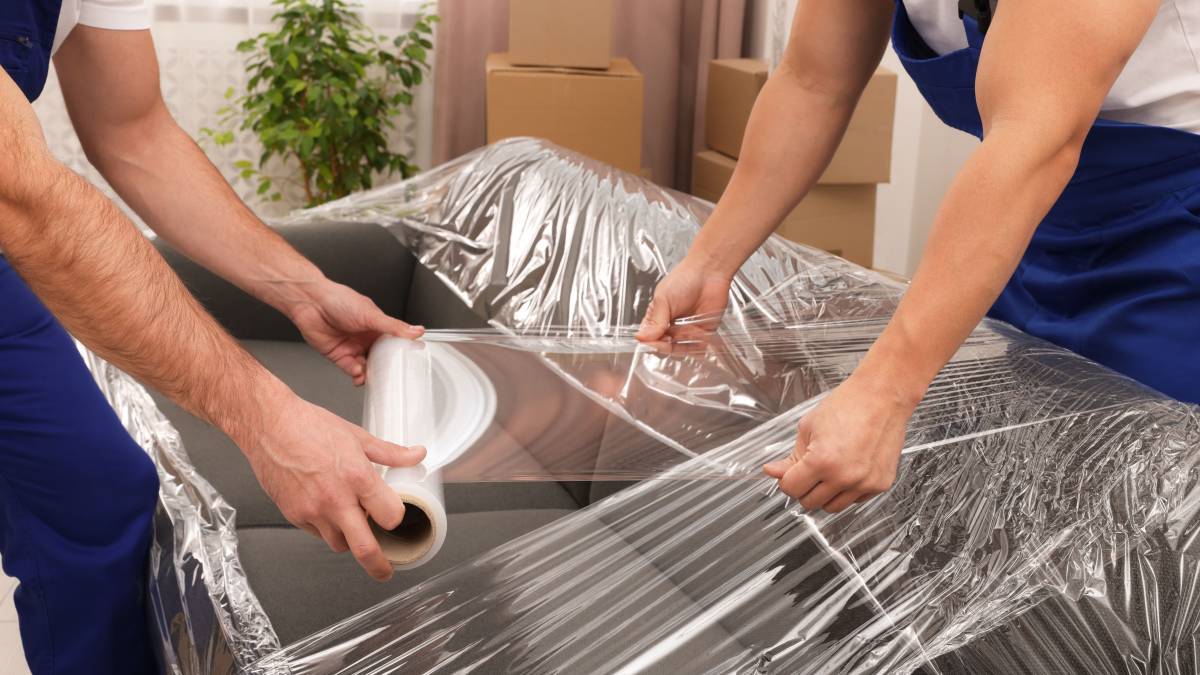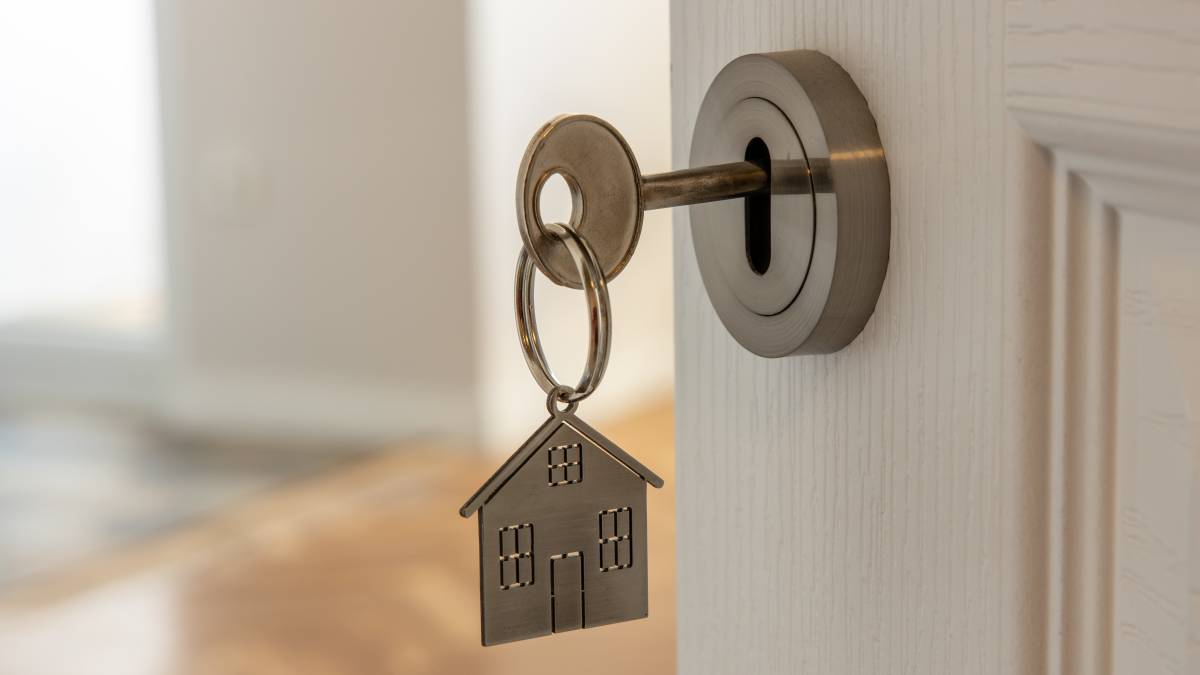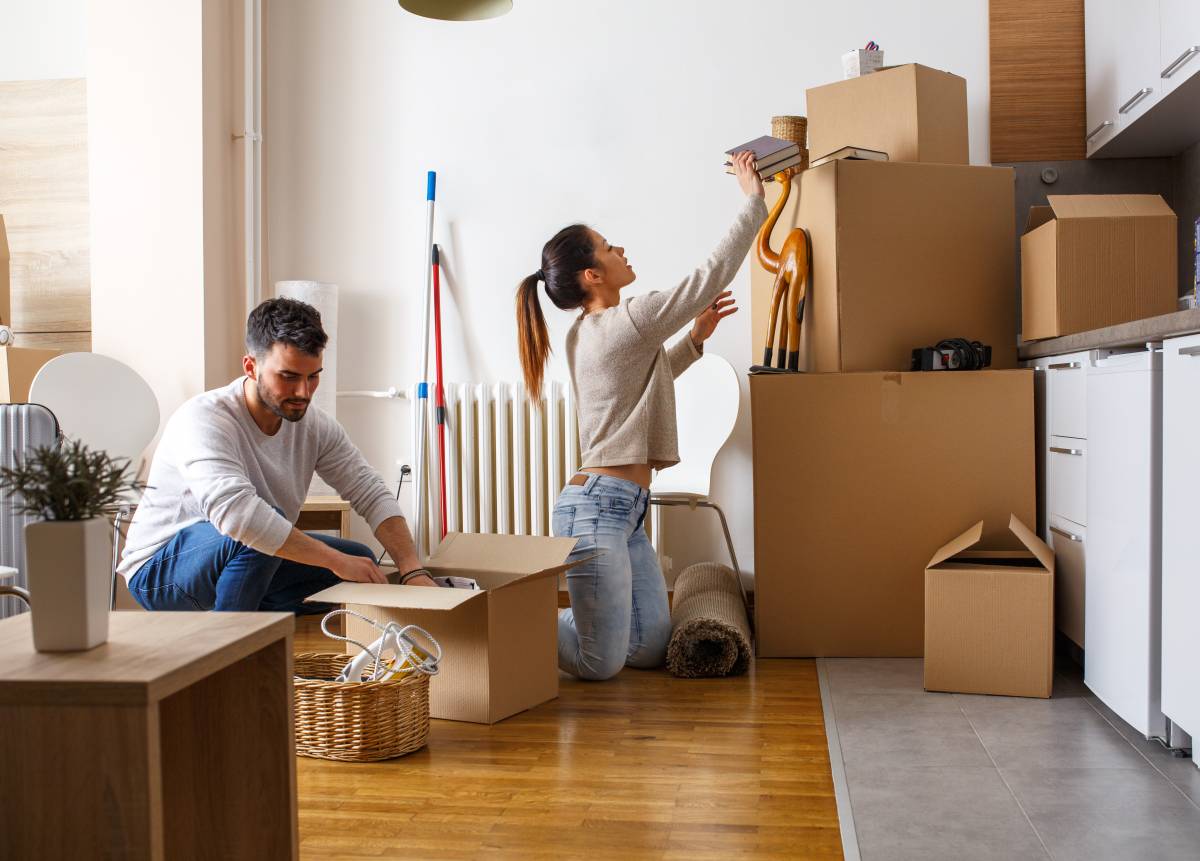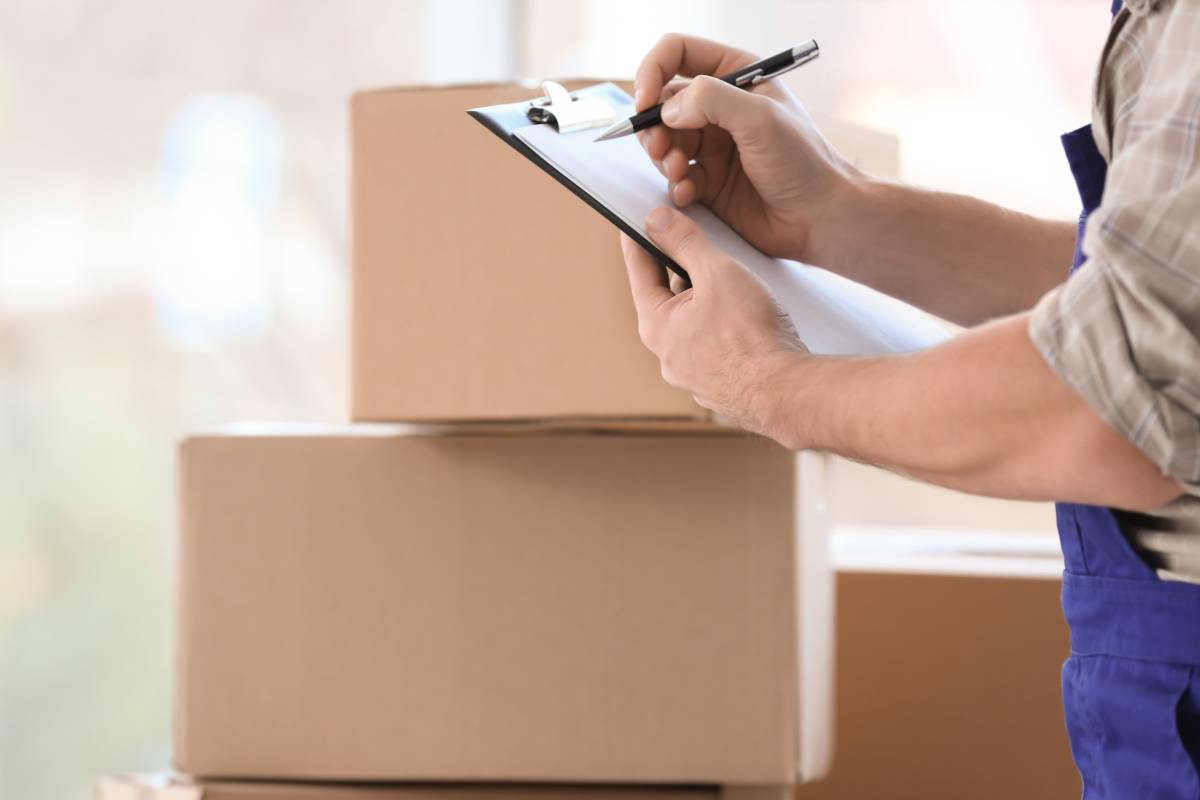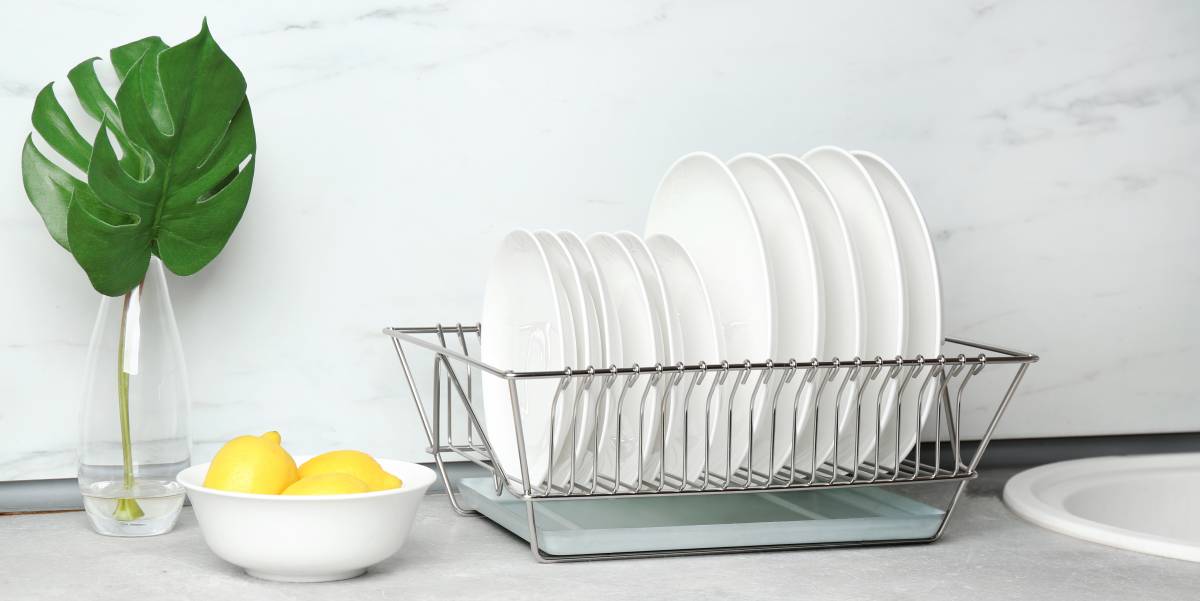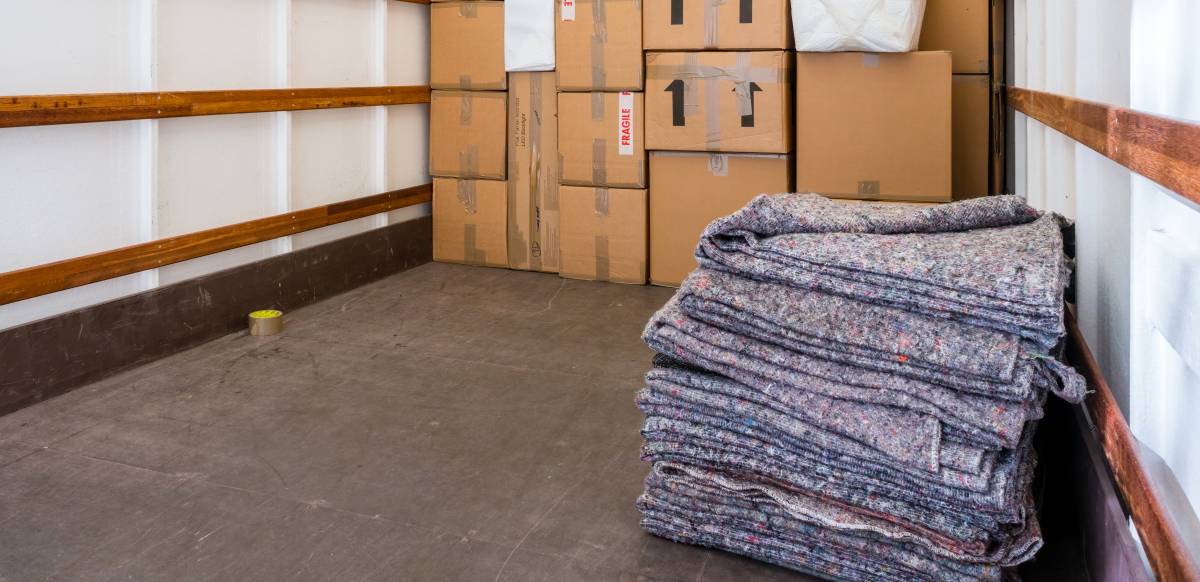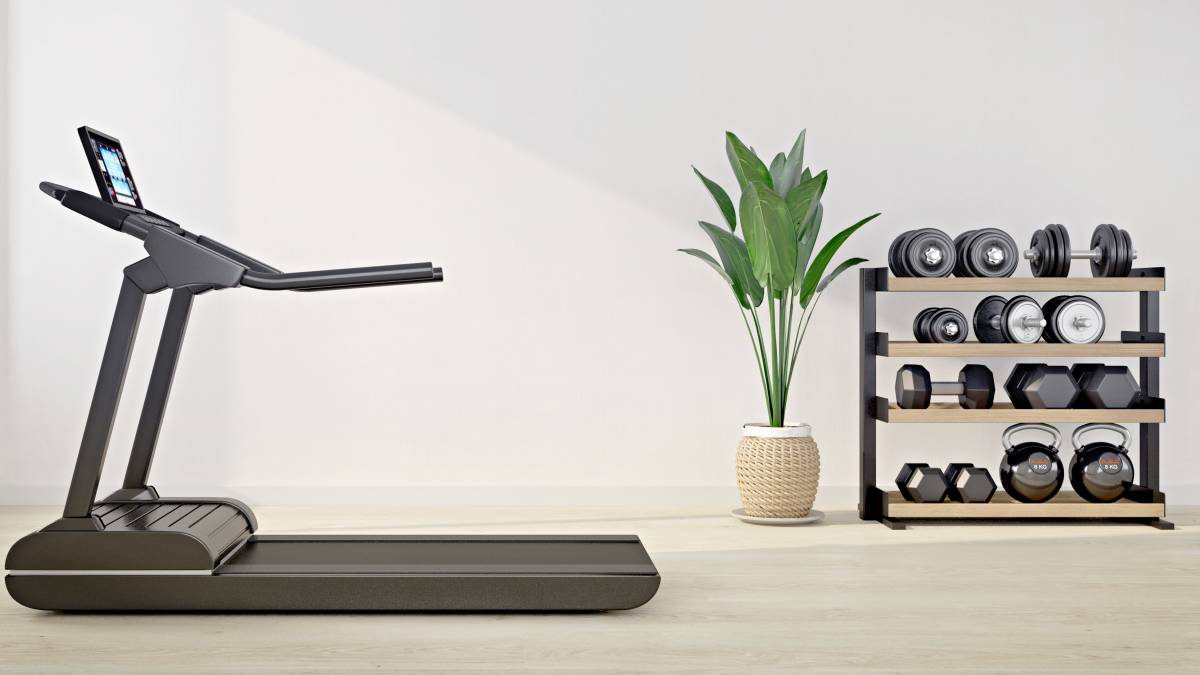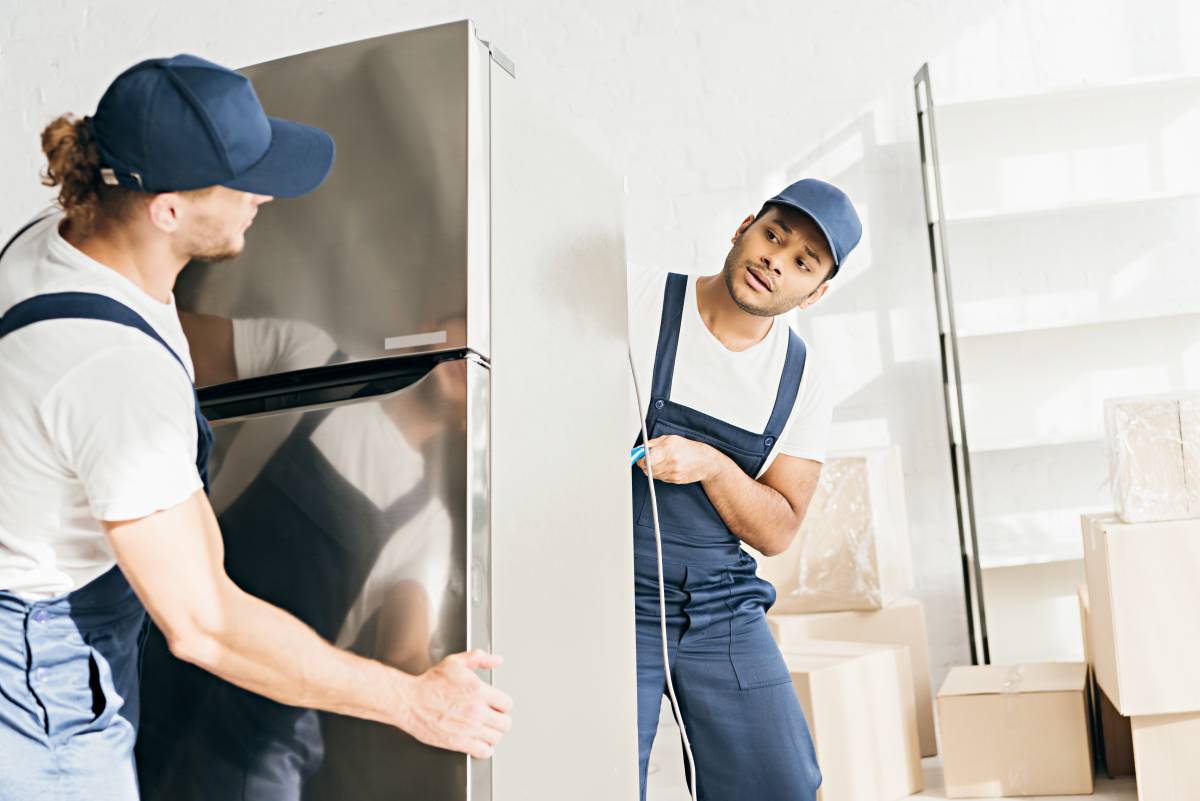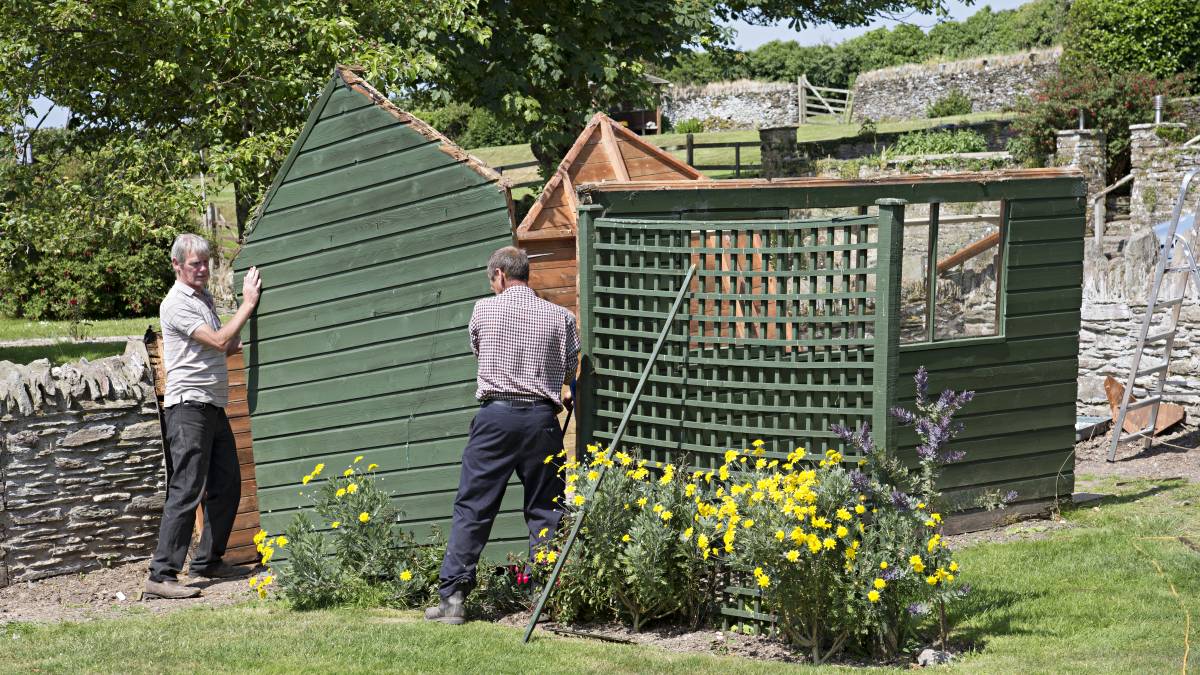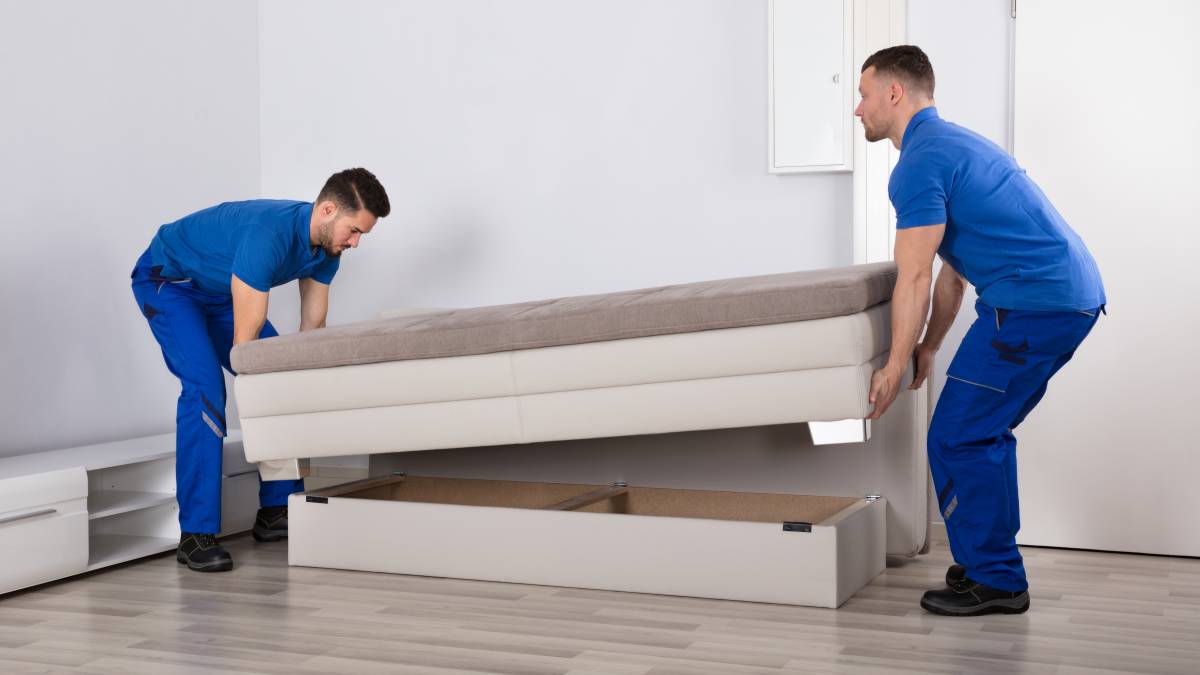- Home/
- Guides/
- Packers & Movers/
- How to Pack Boxes for Moving

Your handy guide to packing boxes for your next move
Is moving day just around the corner? Pack your boxes efficiently with the help of this guide!
Book a professional packerLast Updated on
The days before your big move-out day are some of the most overwhelming, albeit exciting. Without the help of professional movers, it can be a stressful and time-consuming process for many homeowners, but proper packing can make it more efficient and affordable. These days, moving
This guide will walk you through how to pack your boxes for moving. This will ensure that your belongings are safe and protected during the move.
What you’ll need
Boxes of different sizes
Packing tape
Packing paper
Bubble wrap
Markers
Labels
Scissors
Box cutter
Dolly
Gloves
Packing boxes for moving tips and completion time
Packing for a move can differ from one household to another. The duration required to pack boxes depends on the size of your house, the number of your belongings, and your level of organization.
One-bedroom homes take the shortest amount of time to pack. You can dedicate two whole days of packing to get it done. Those with two-bedroom homes should allow an extra day for packing.
However, it’s understandable that you sometimes can’t dedicate an entire day to just packing. Instead, you can devote two to three hours daily to the task. When you do this, expect the whole process to take up to three to five weeks since you’ll probably pack one room at a time.
You can always turn to professional packers and movers near you if you're in a pinch. They’ll know exactly what to do!
A step-by-step guide to packing moving boxes
Step 1: Make sure you have the right packing materials
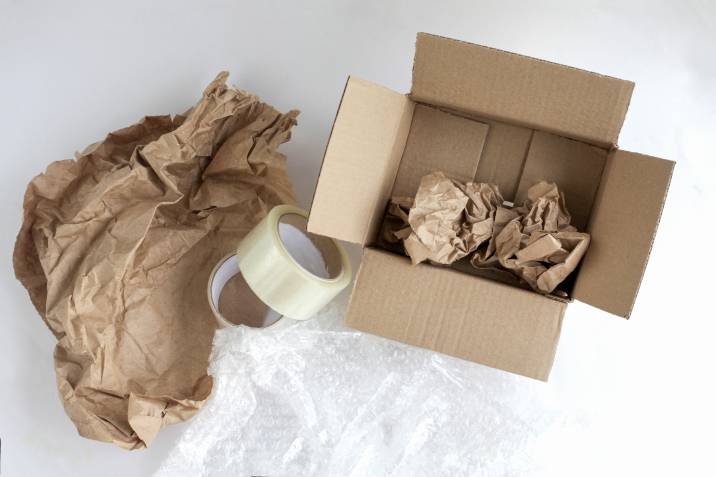
Don’t leave it to the last minute to run to a store for supplies. Check out the list above to see what you need to pack your boxes properly. It's essential to use quality packing materials to keep your belongings safe during transportation.
Step 2: Sort your belongings
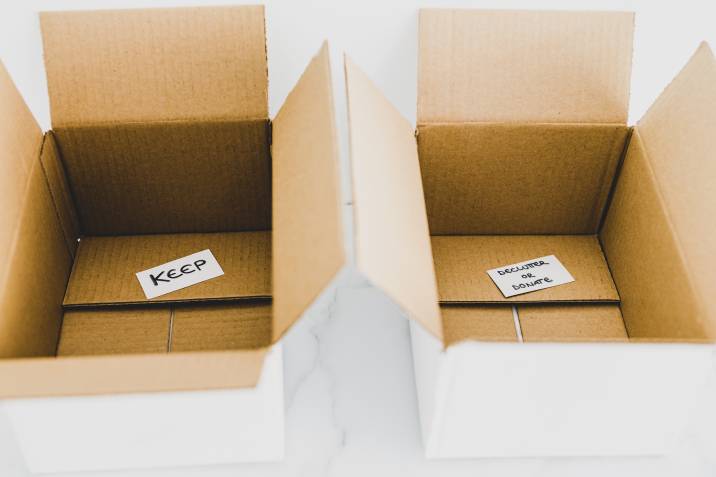
Start by getting rid of any unwanted items to reduce the amount of packing you need to do. Look around each room in your house and decide which items you’ll keep, donate, or throw away. Knowing what to keep and discard can help you cut moving costs.
Get your label makers or markers ready for this step. As early as now, you can take out some boxes and label them with “Keep,” “Donate,” or “Throw.” This will help keep things organized from the very beginning.
Once you’ve done that, you’ll better understand which valuables you’ll take to your new place and the quantity and sizes of boxes you’ll need for the task. Getting organized is vital before you start grouping the boxes for loading.
Step 3: Pack room by room

One of the best ways to pack boxes for moving is by boxing up your items one room at a time. This helps in making the unpacking process more manageable. Start with items you use the least and gradually move to the ones you use the most.
Using markers and label makers, label each box with the room and category it belongs to. You can also add a description of its contents.
While packing, set aside important items like documents, jewelry, and valuables. Take them in your car instead of leaving them to the movers for peace of mind. This way, you’ll know exactly where they are, and they won’t get lost or damaged during the move.
Step 4: Pack heavy items in the bottom
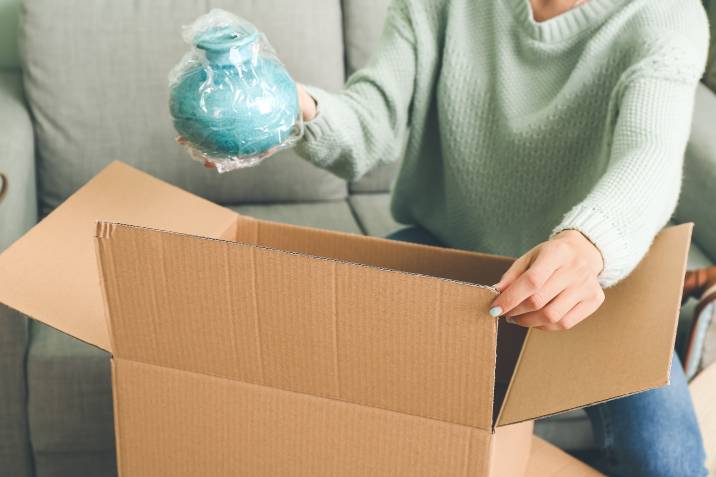
Always put heavier items at the bottom of your moving boxes. This ensures that the box’s weight is distributed evenly. You’ll find yourself having an easier time carrying them around. On top of that, it also reduces the risk of the box breaking or collapsing during the move.
If you’re still not quite sure how to do this, you may contact affordable packers and boxers. They can help you box things up, especially your more fragile items.
Step 5: Use padding materials when necessary
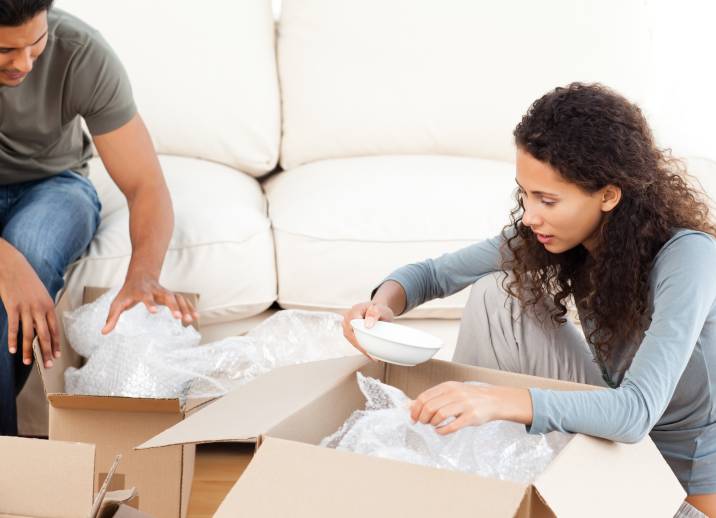
Using padding materials like bubble wrap, crumpled papers, and old towels or clothing, ensure you fill any gaps in the box to prevent items from moving on the drive.
The boxes should feel sturdy enough to protect what’s inside, even if the bottom gets accidentally wet. Remember that prepping the boxes properly is essential to prevent damage during transport, so do not overlook this step!
Step 6: Seal your boxes properly
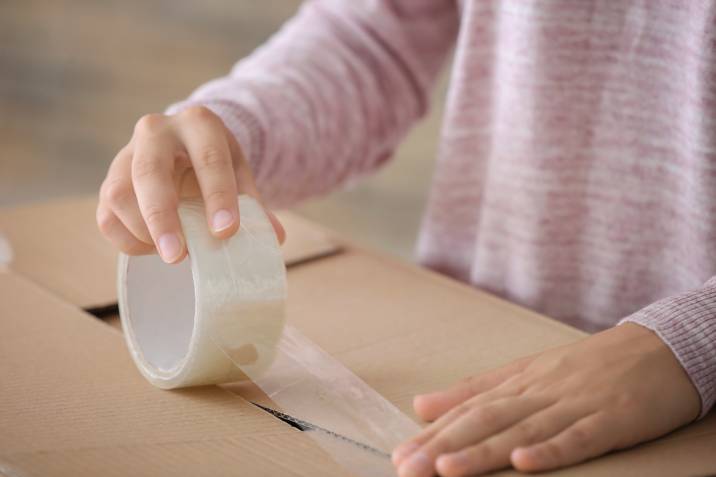
When it comes to how to tape moving boxes, it's crucial to use a strong tape and reinforce the seams of the box. Many people use the "H" pattern to tape along the sides of the box. It’s important to get high-quality packing tape to ensure that your boxes don’t open by accident during the move.
Make sure to also check if you haven’t overpacked your boxes. You can tell if you have if the boxes are too heavy or if it’s not easy to seal them properly. Overpacking increases the risk of boxes breaking or collapsing during the move.
Step 7: Label your boxes
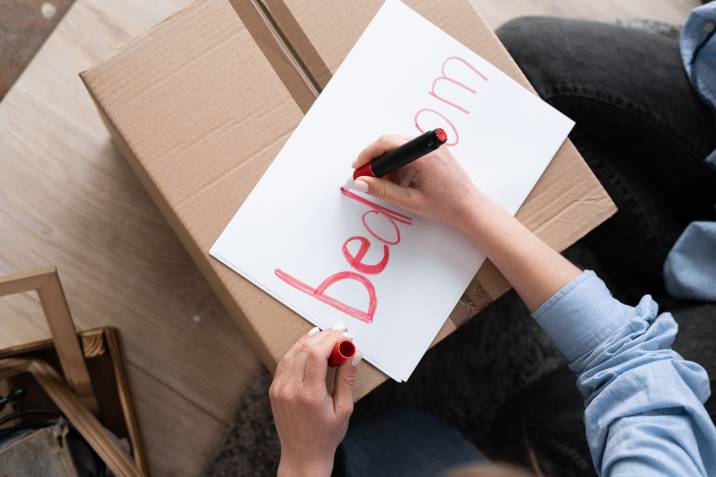
After packing your boxes, use a marker or label maker to label each box with the room it belongs in and a brief description of its contents to better organize your boxes for moving. Be sure to label the top and at least one side of each box so that both you and your movers can easily identify its contents.
When those are ready, you can then call your professional house movers or apartment movers to get a start moving day started!
☞ You might also like: How much do packers cost?
Make packing (and unpacking) easier!
With all the steps laid out and materials listed down, packing may seem more manageable than it did. All you need to do is to get organized and take it one room at a time (literally!) It’s always good to have someone with you throughout the process so that they can help load and seal all boxes with you.
If you find yourself with no time to pack, don’t hesitate to book an expert on Airtasker! Taskers are here to help you get the job done. All you need to do is post a task on our online platform, including all the details they need, like your location, preferred schedule, and the number of items that need to be packed. Post a task on Airtasker today!
FAQs about packing boxes for moving
It’s always good to pack boxes in categories. This can be done according to the room and the type of items inside them.
Here is a quick list of items you should not put in boxes for a move:
Hazardous materials
Personal items
Medication
Electronic devices
Packing items that you rarely use should come first, such as those already stored in a container, as it makes packing more straightforward. This could entail items out of season, non-essential items, or items kept in storage areas. For example, you can pack out of season clothes in boxes for moving first before your frequently used clothes or other items.
Find packers and movers, fast
Find a packer and mover
Related articles
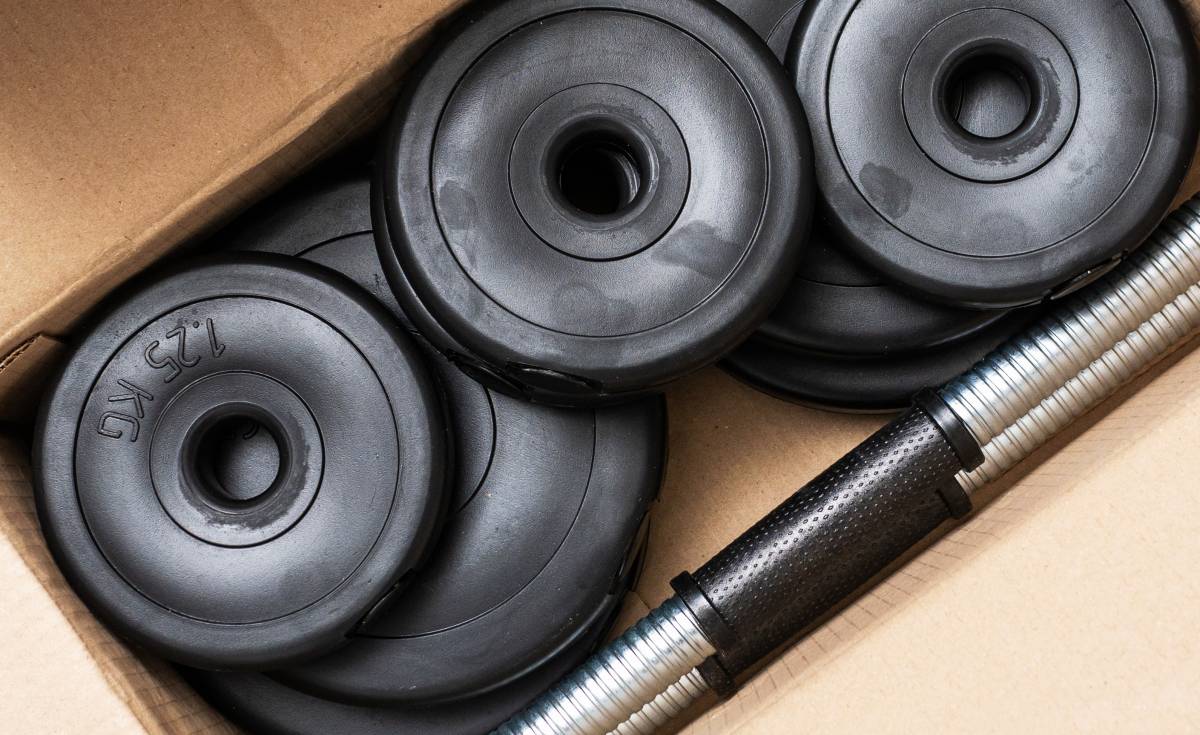
How to move gym equipment safely
Read more
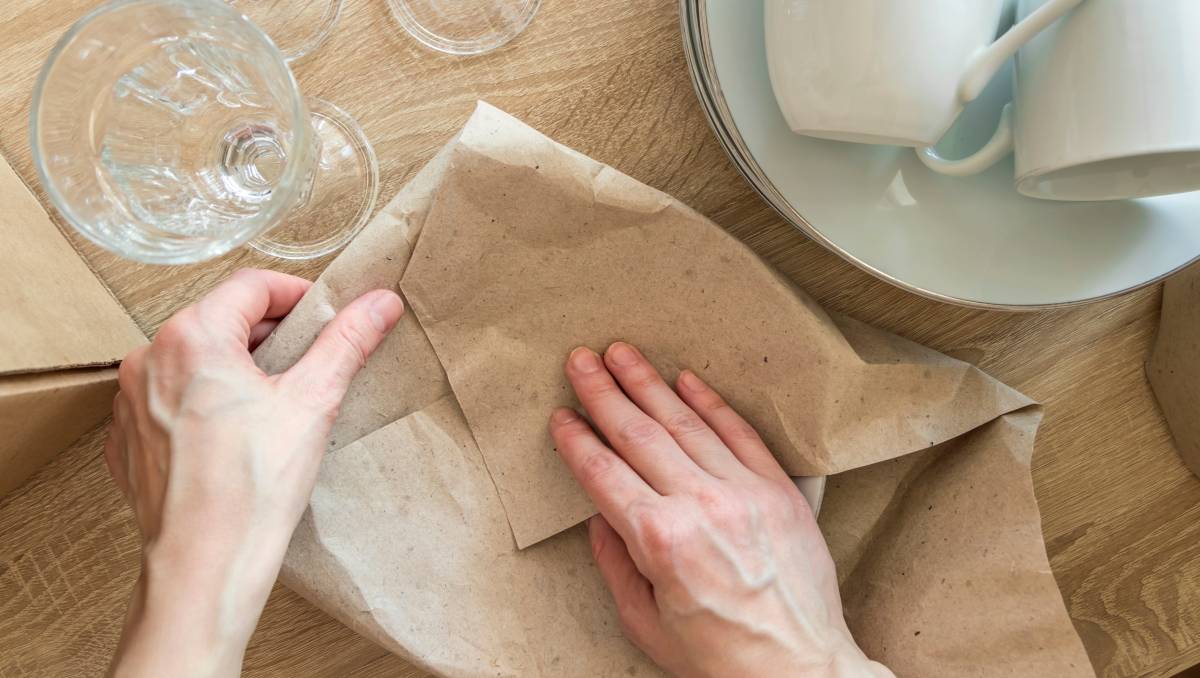
How to pack kitchen items
Read more
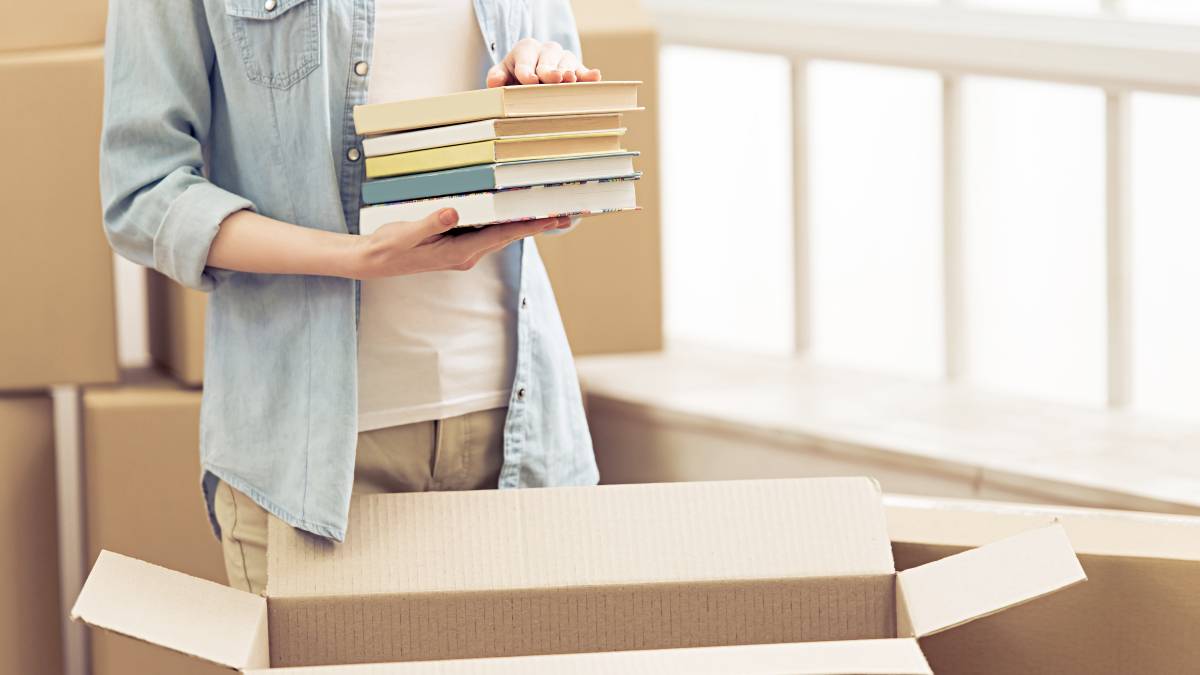
How to pack books for moving
Read more
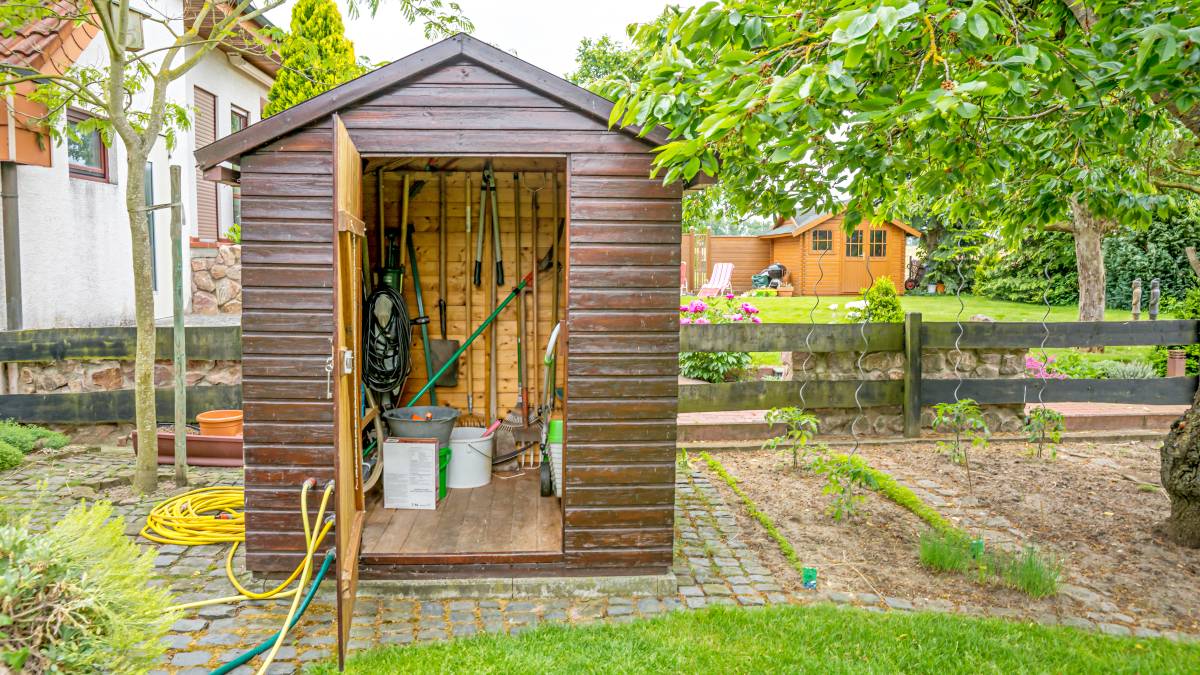
How to move a shed
Read more

How to move a pool table
Read more
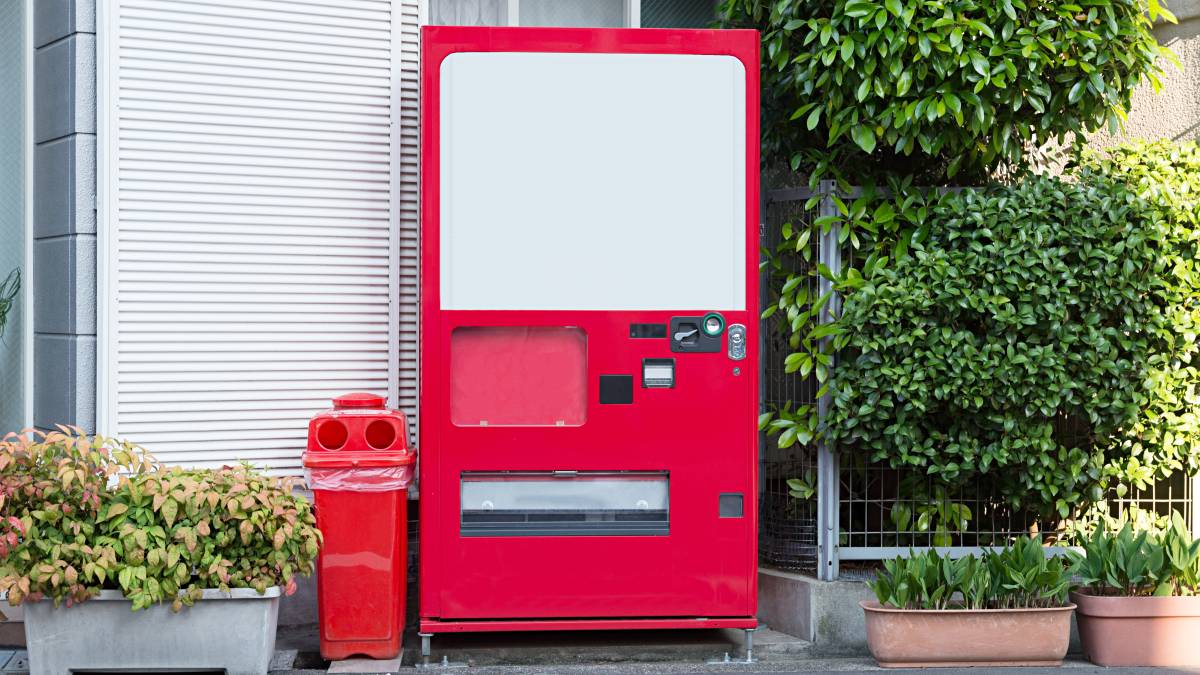
How to move a vending machine
Read more

How to move a washing machine
Read more

How to pack bedding for moving
Read more

How to move a pinball machine
Read more

How to pack a moving truck
Read more
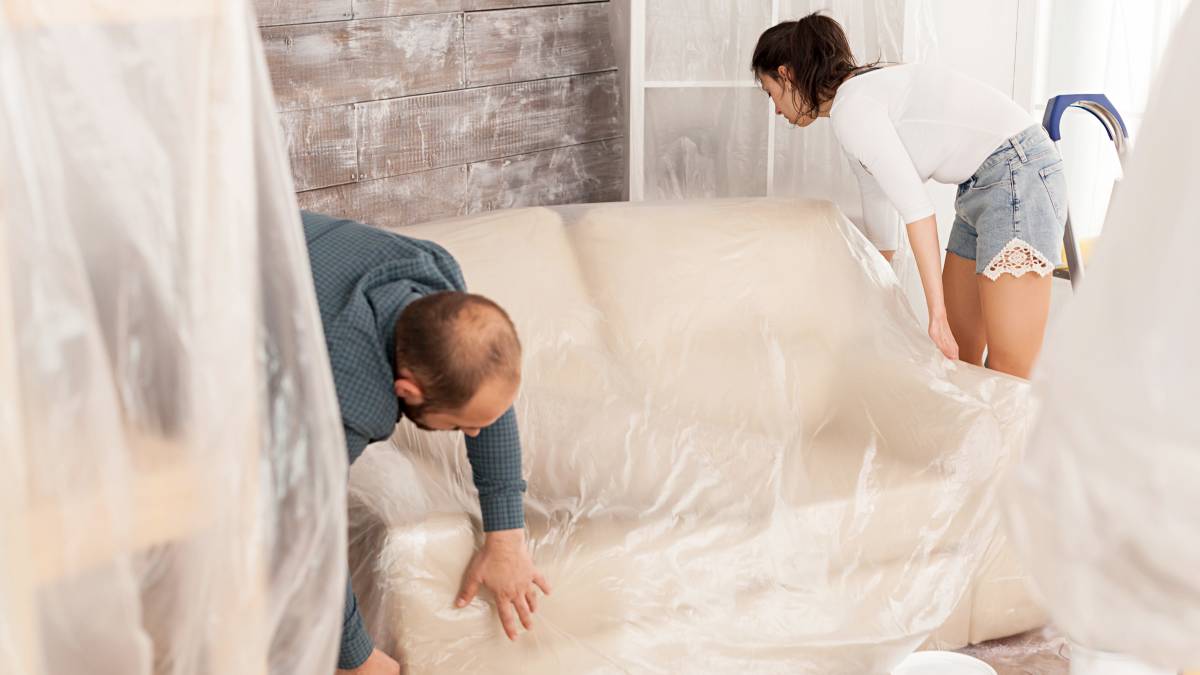
How to wrap furniture for moving
Read more
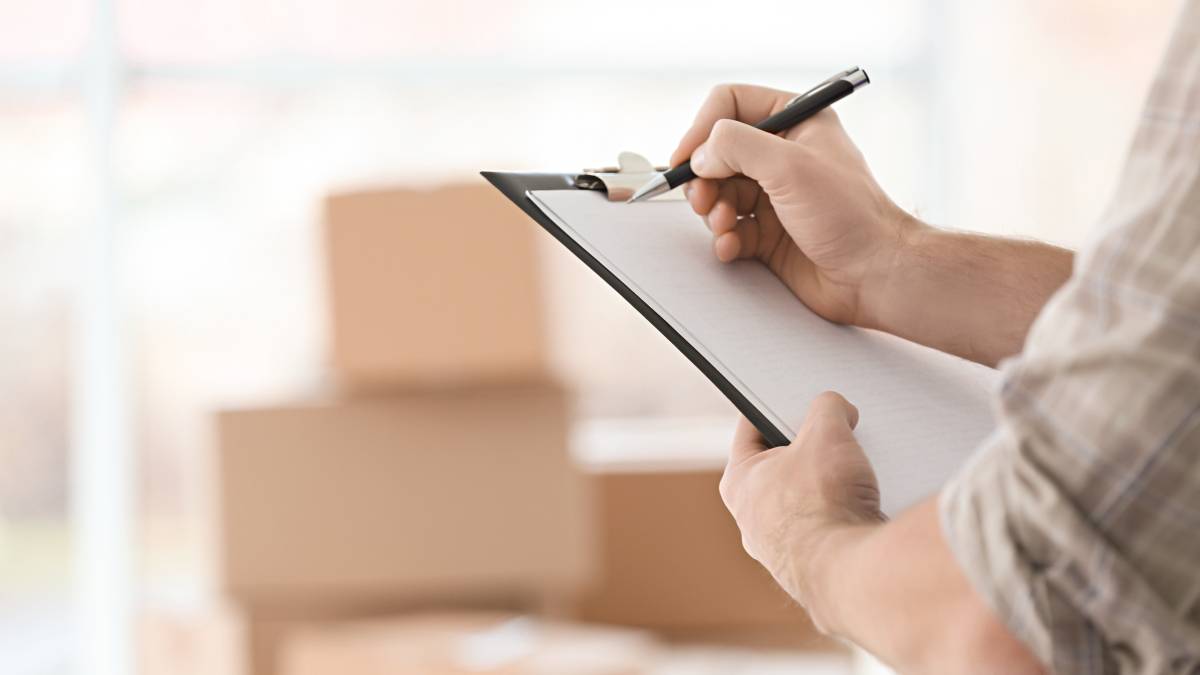
What movers won’t move
Read more

Moving interstate checklist
Read more

Moving out of state checklist
Read more
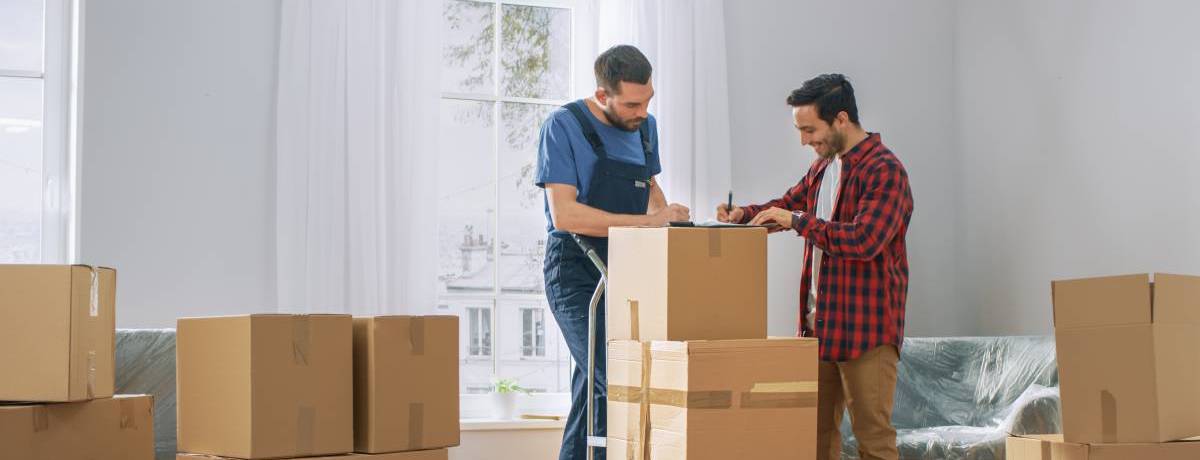
A guide to becoming a mover
Read more

How much do movers make?
Read more

Tips for moving house with kids
Read more
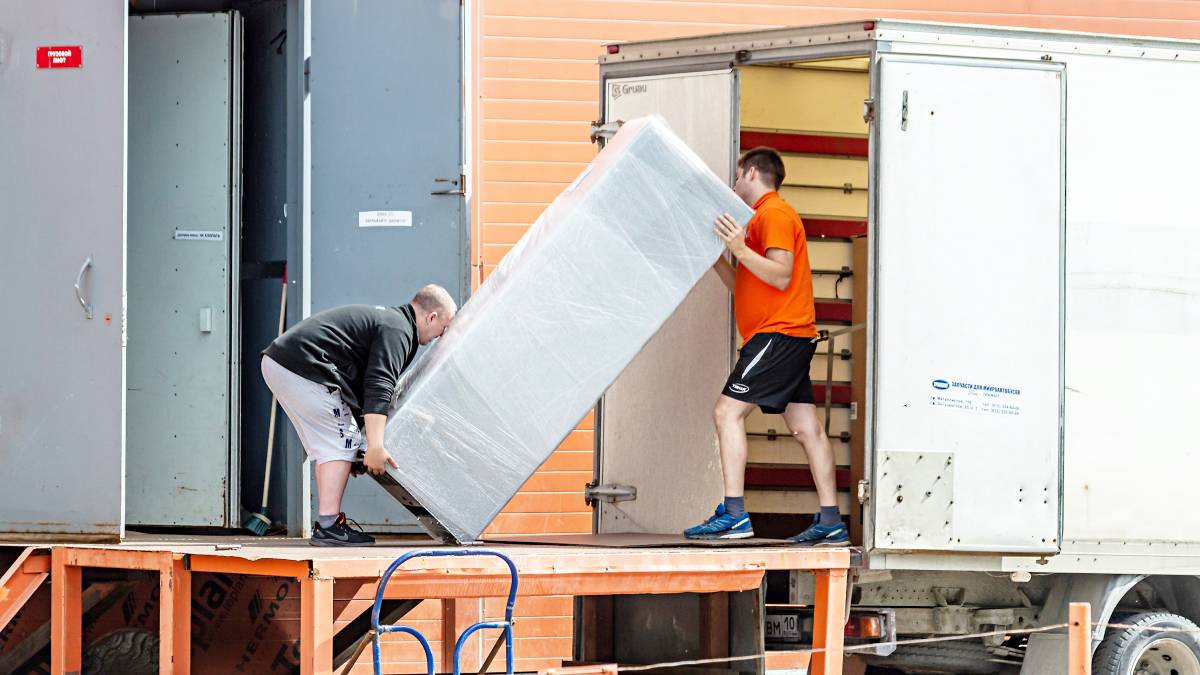
How to move a refrigerator
Read more
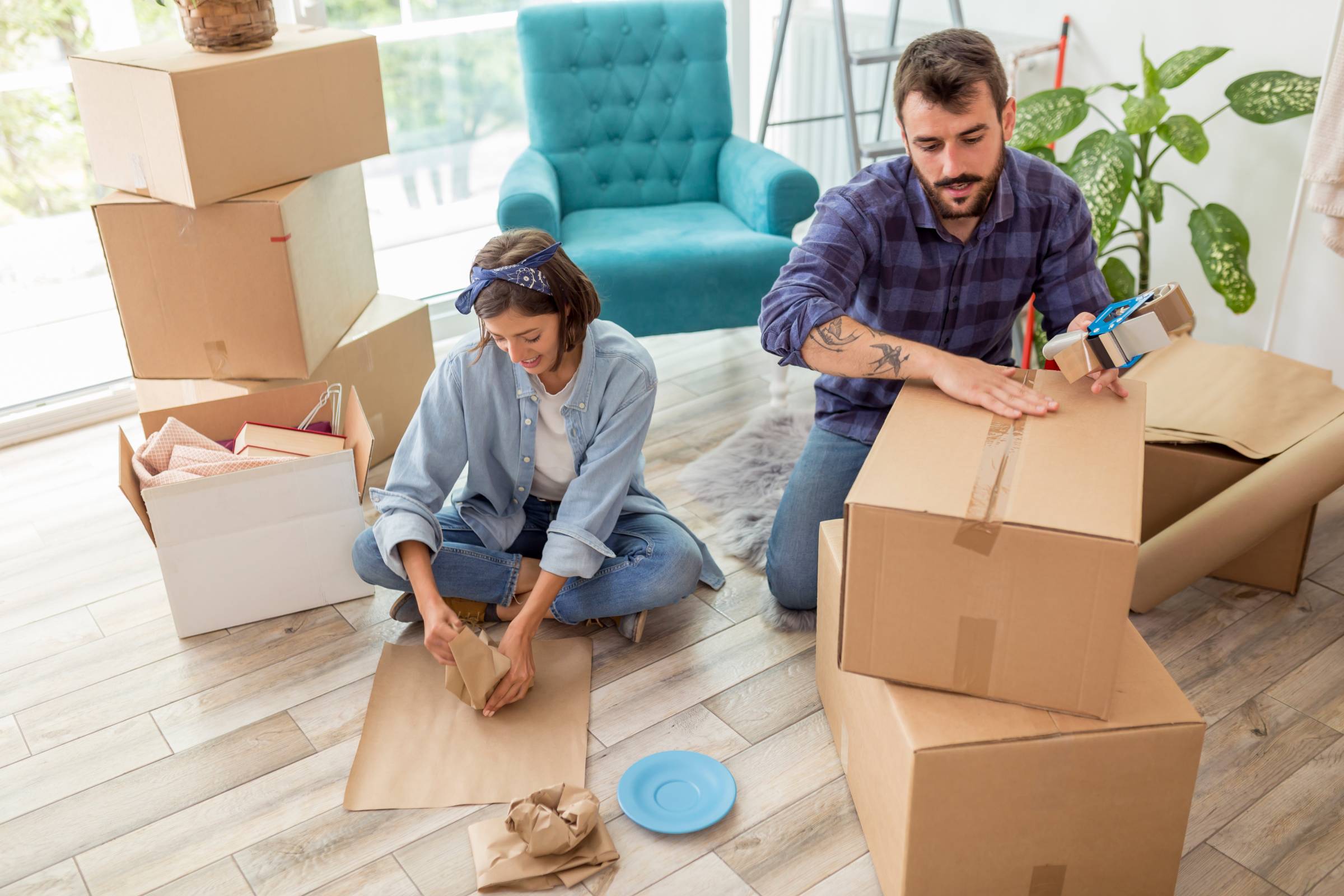
The ultimate packing and moving list
Read more
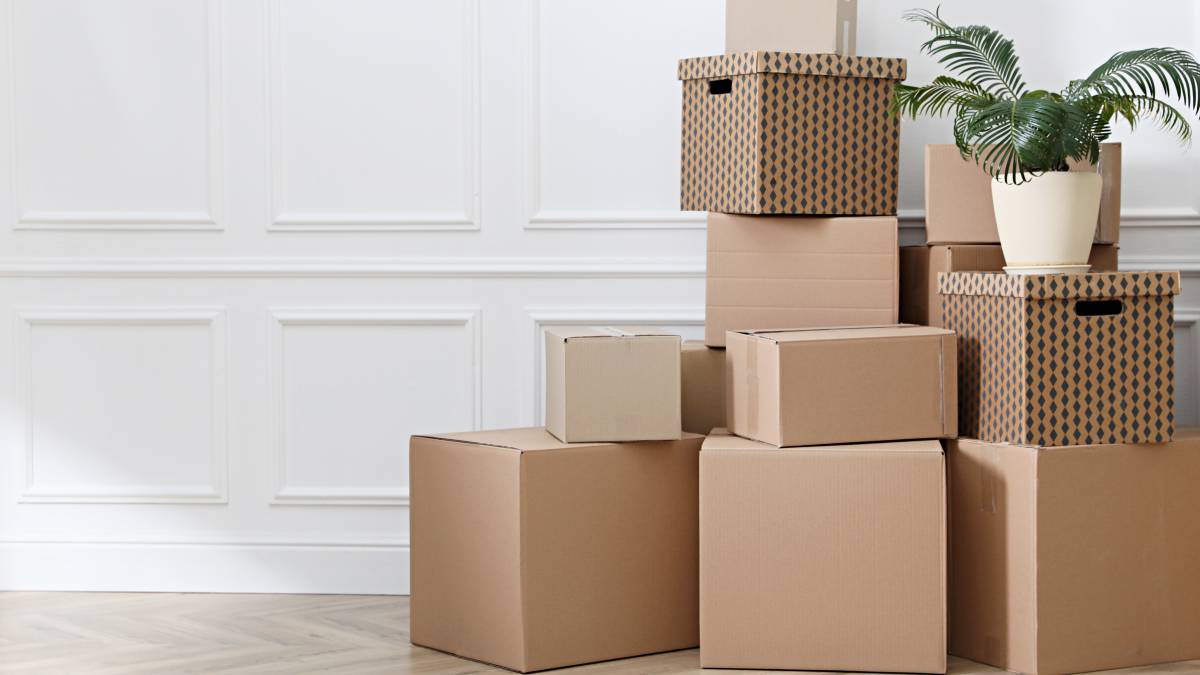
Where to get moving boxes for free
Read more

How to pack artwork for moving
Read more
Related price guides

How much does mattress removal cost?
Read more
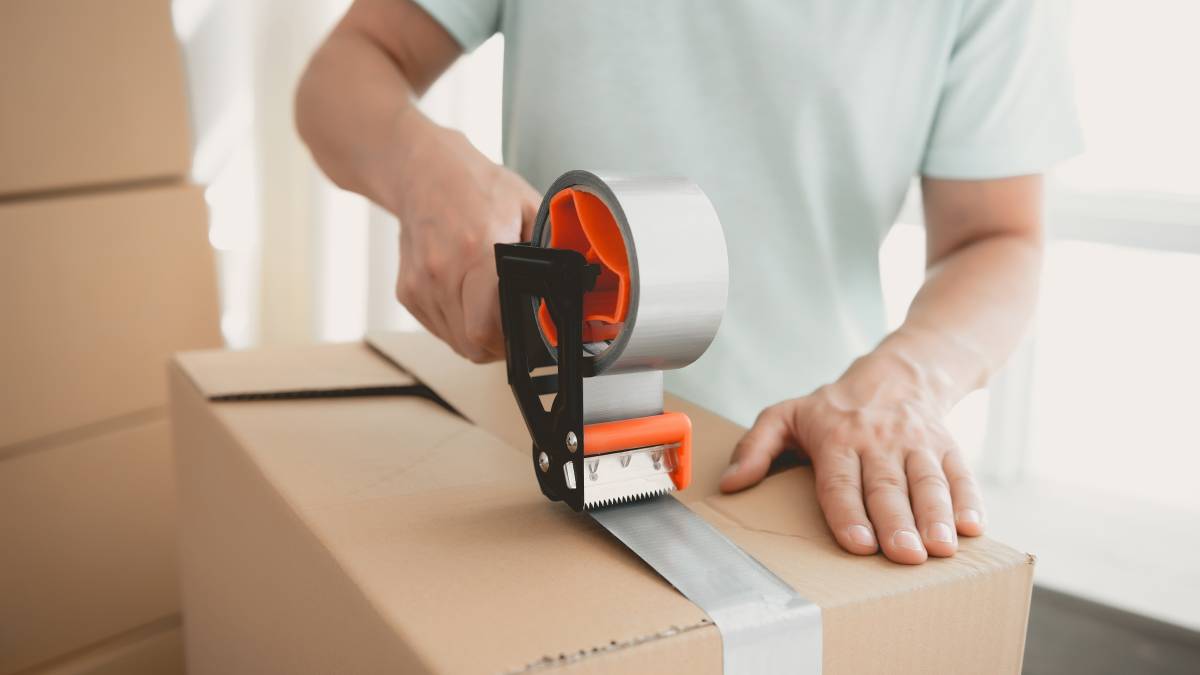
How much do packers cost?
Read more
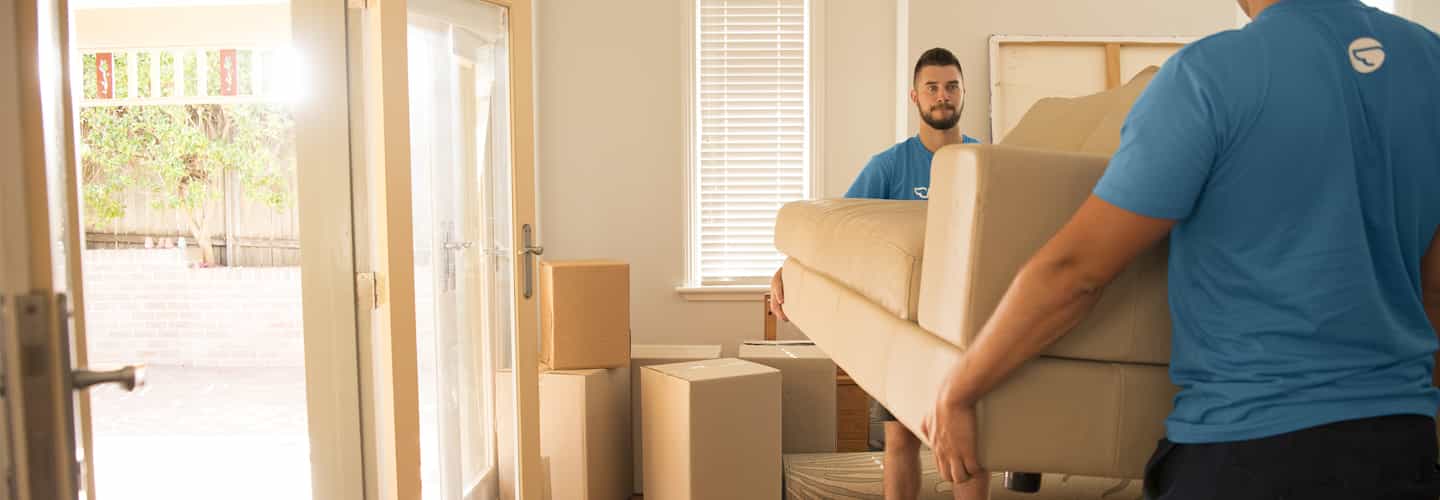
Moving out: How much to hire movers?
Read more

